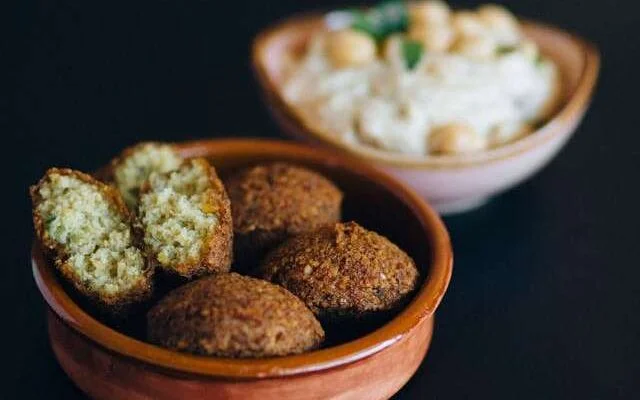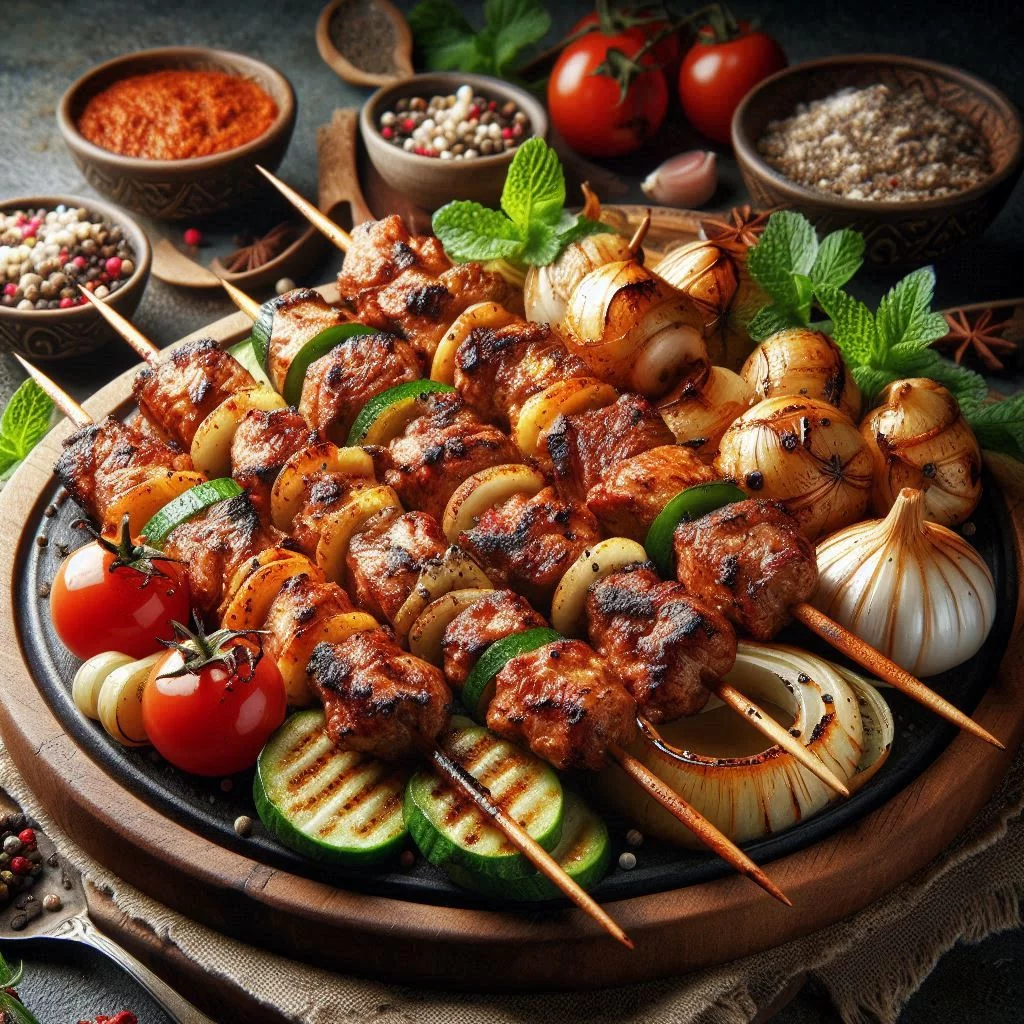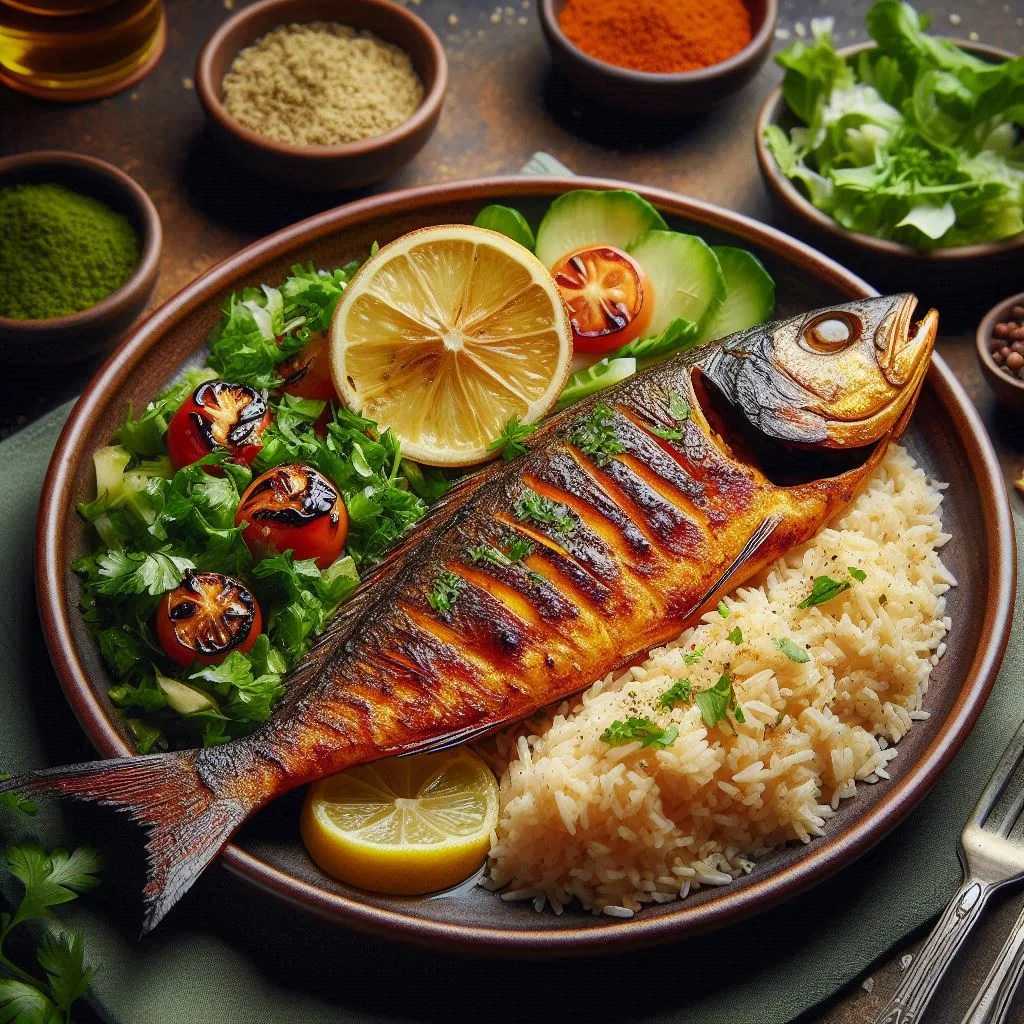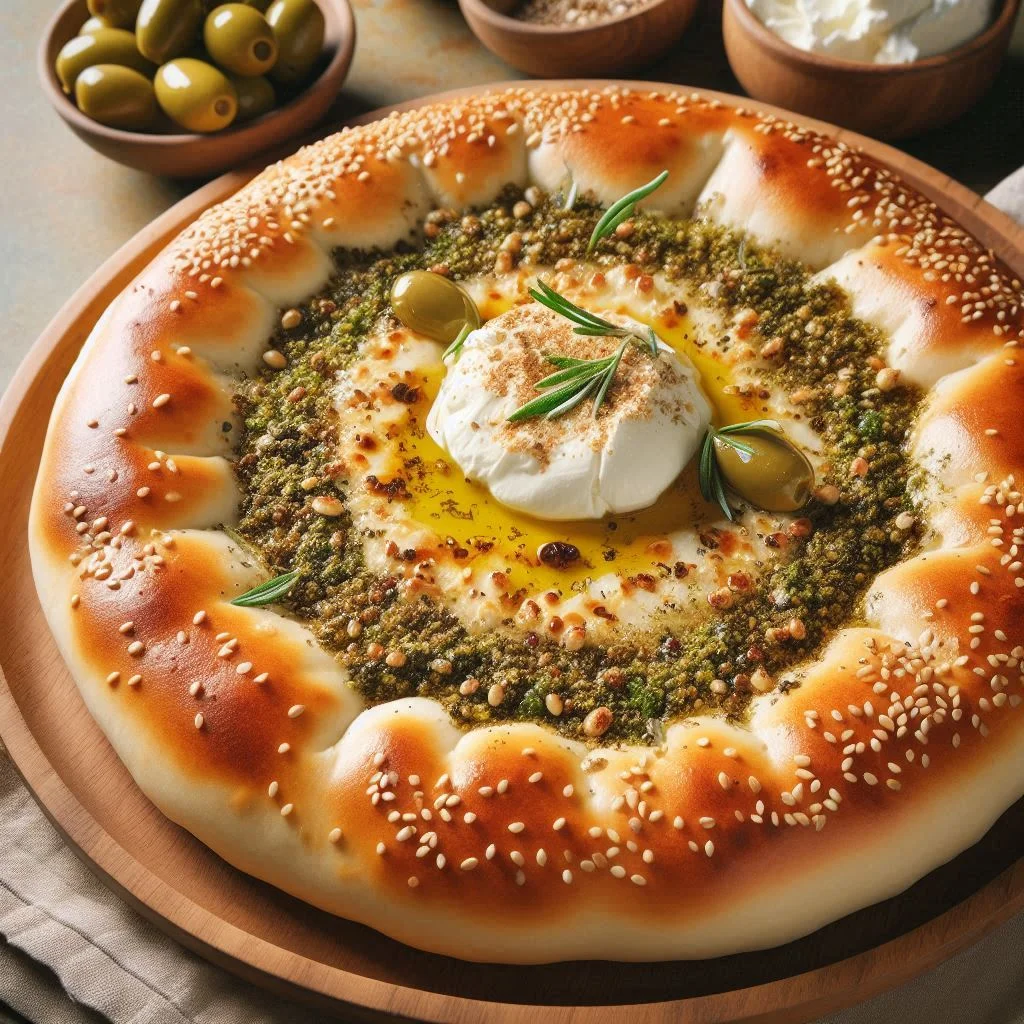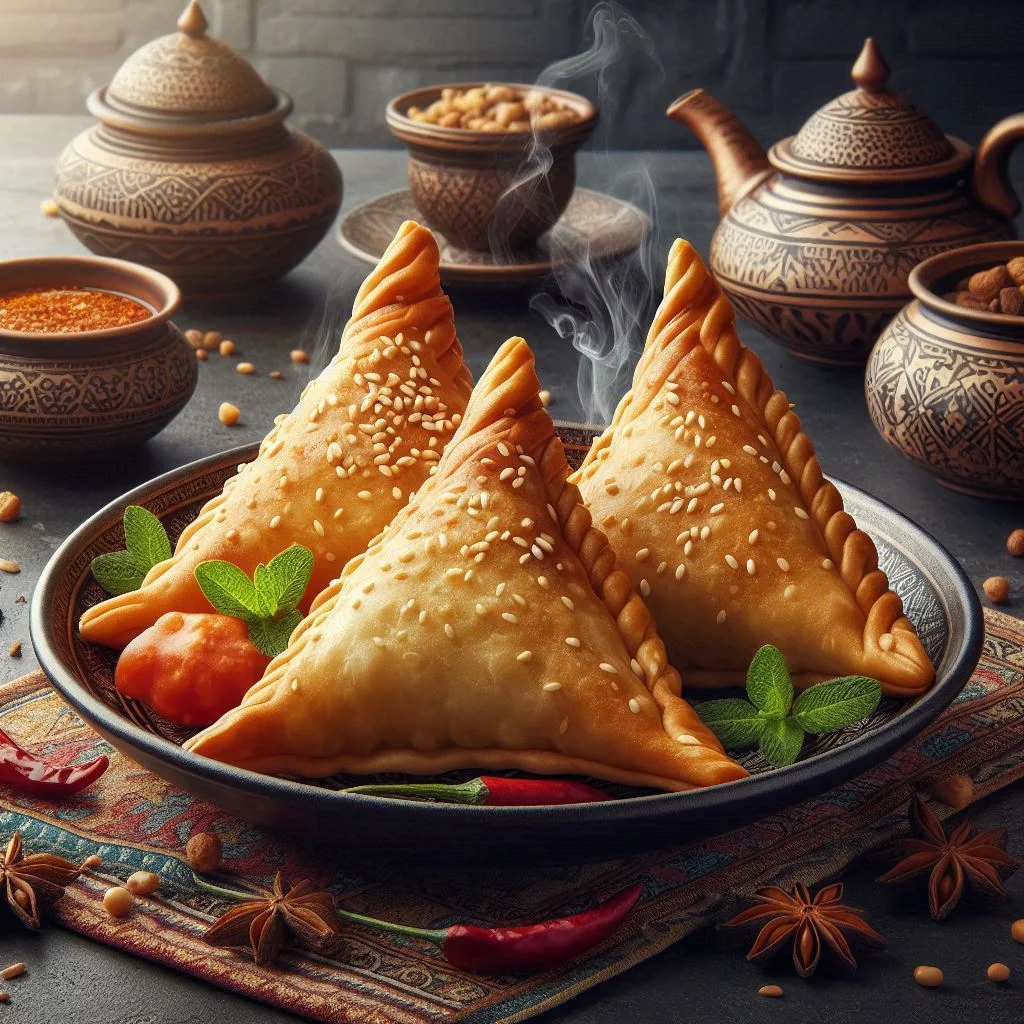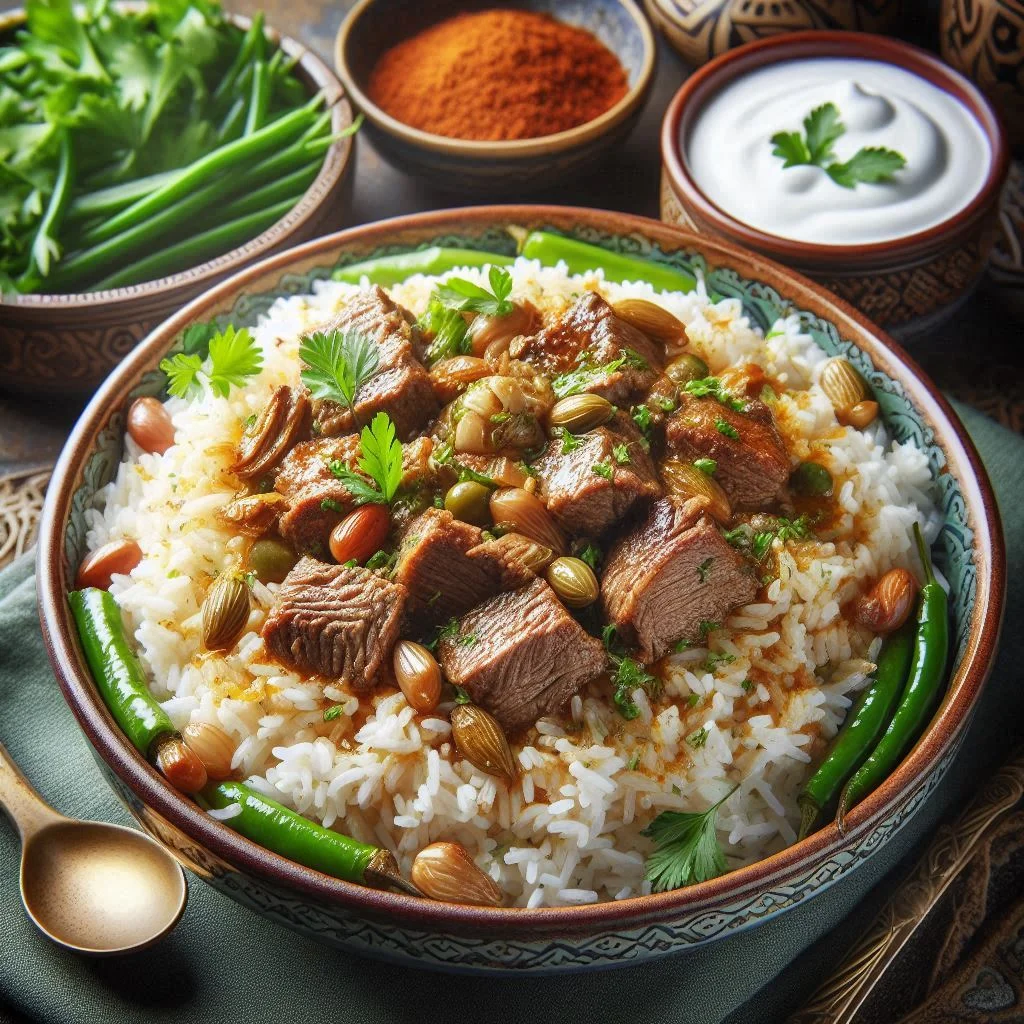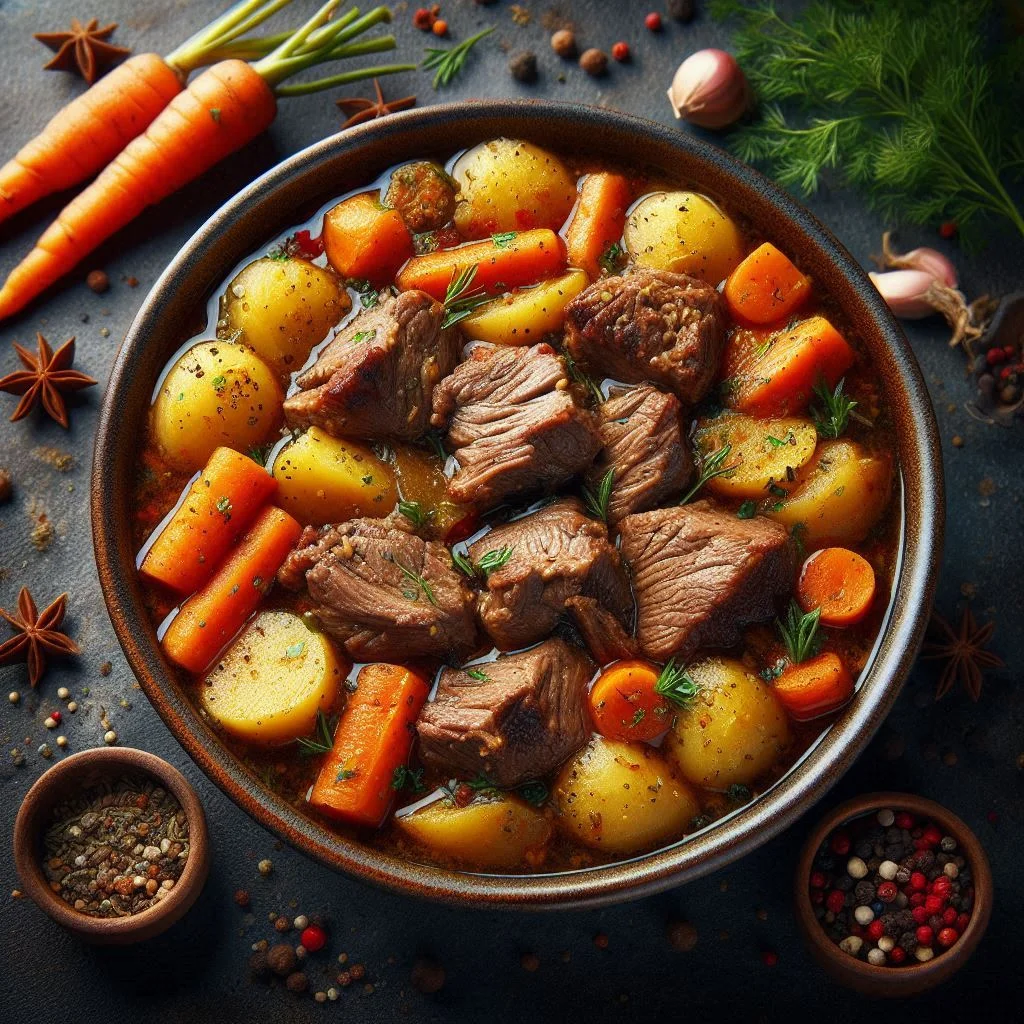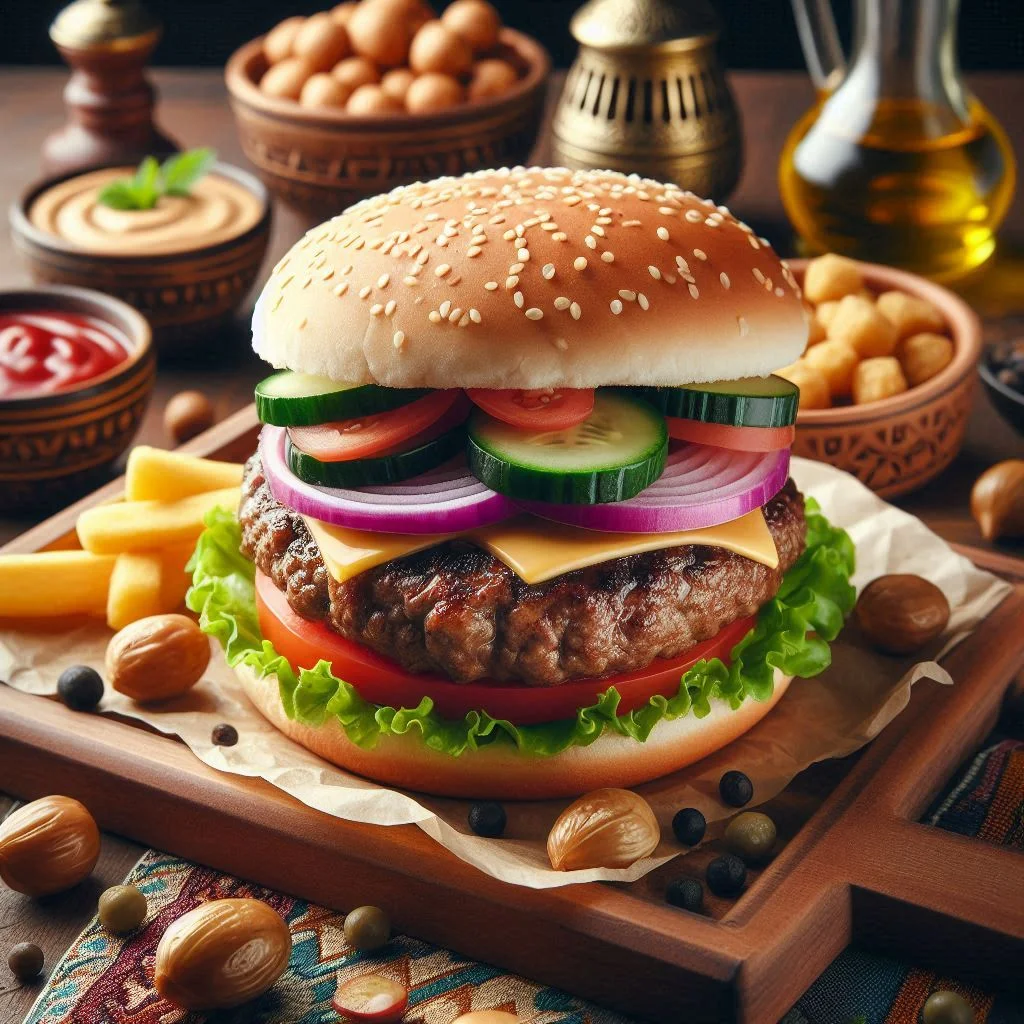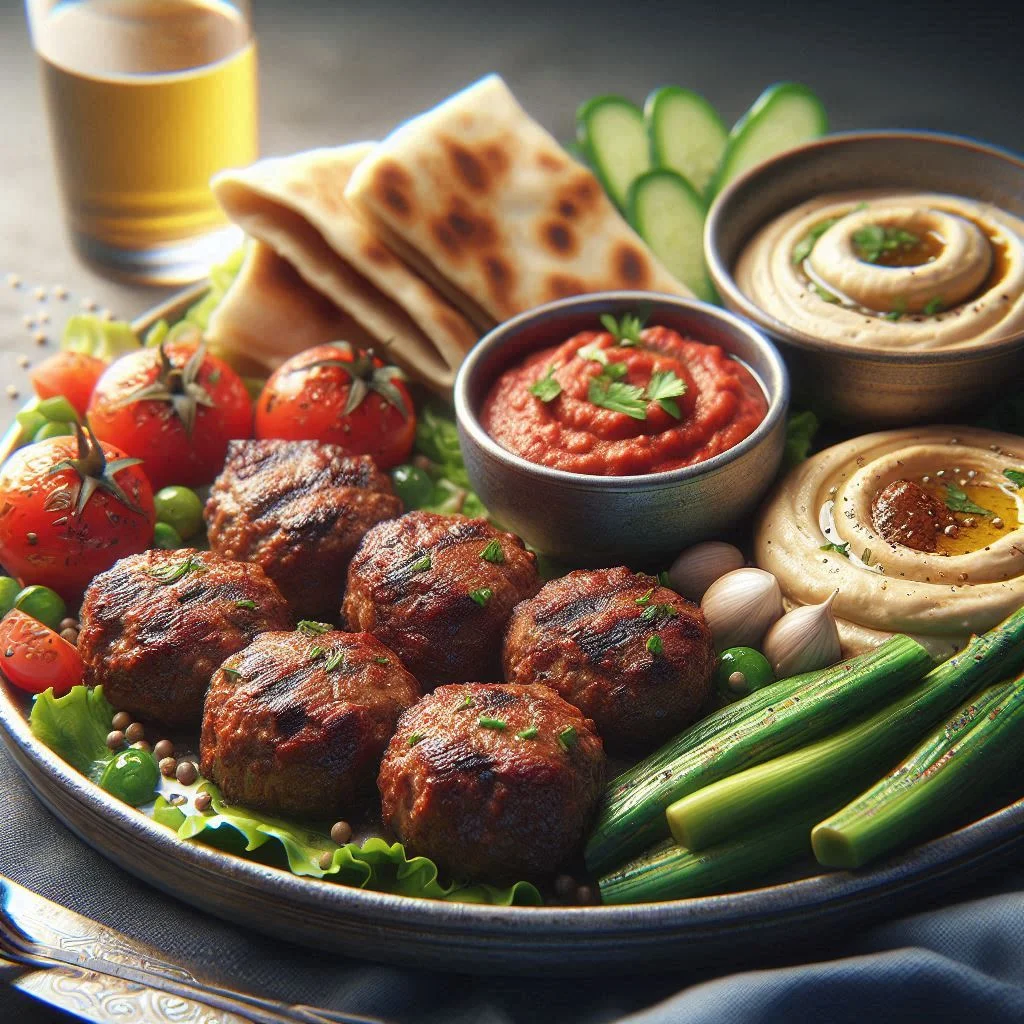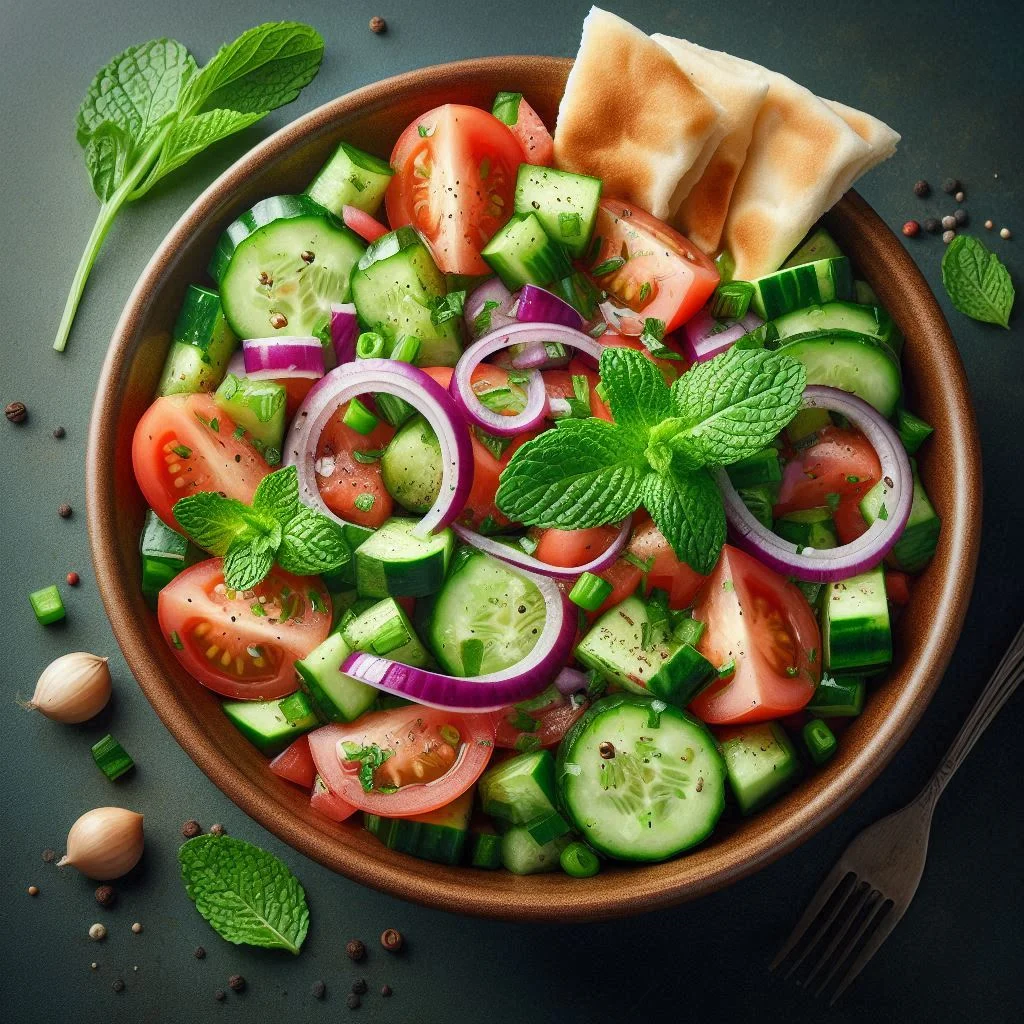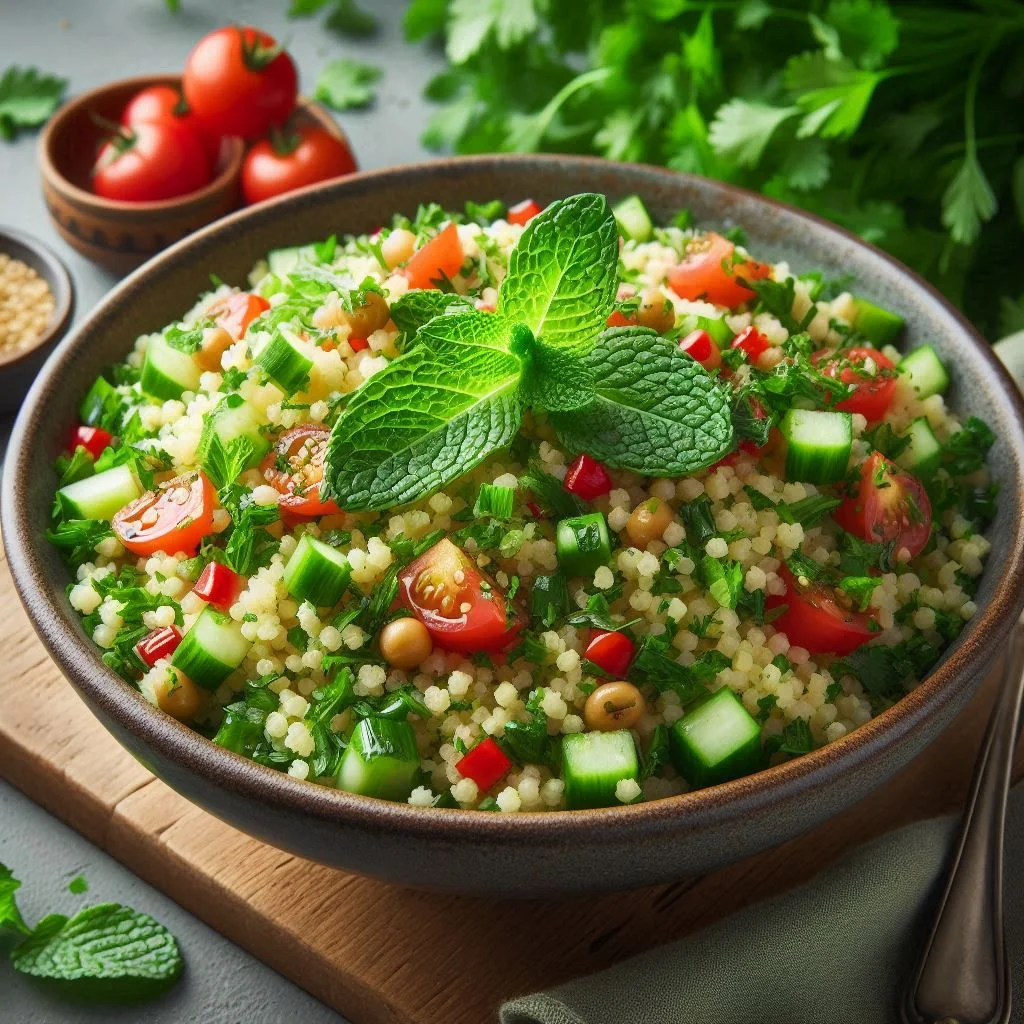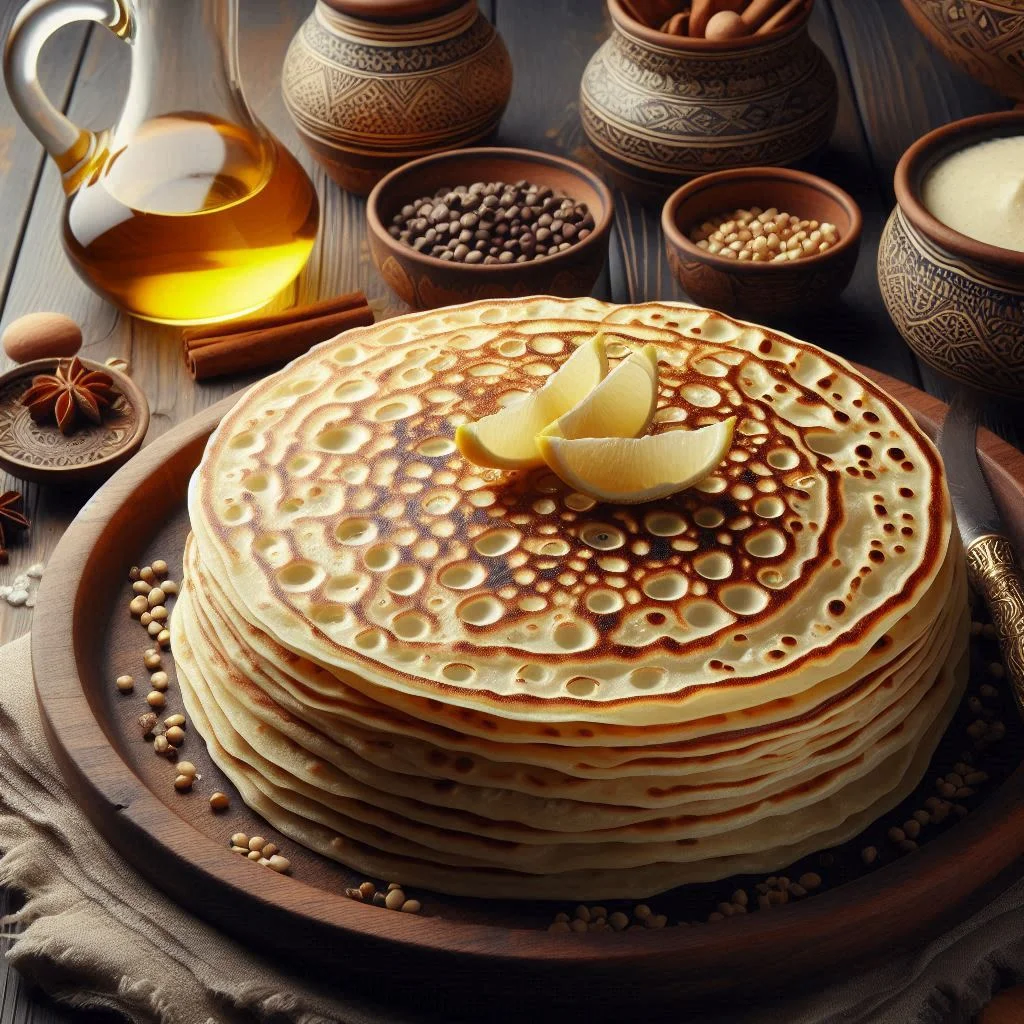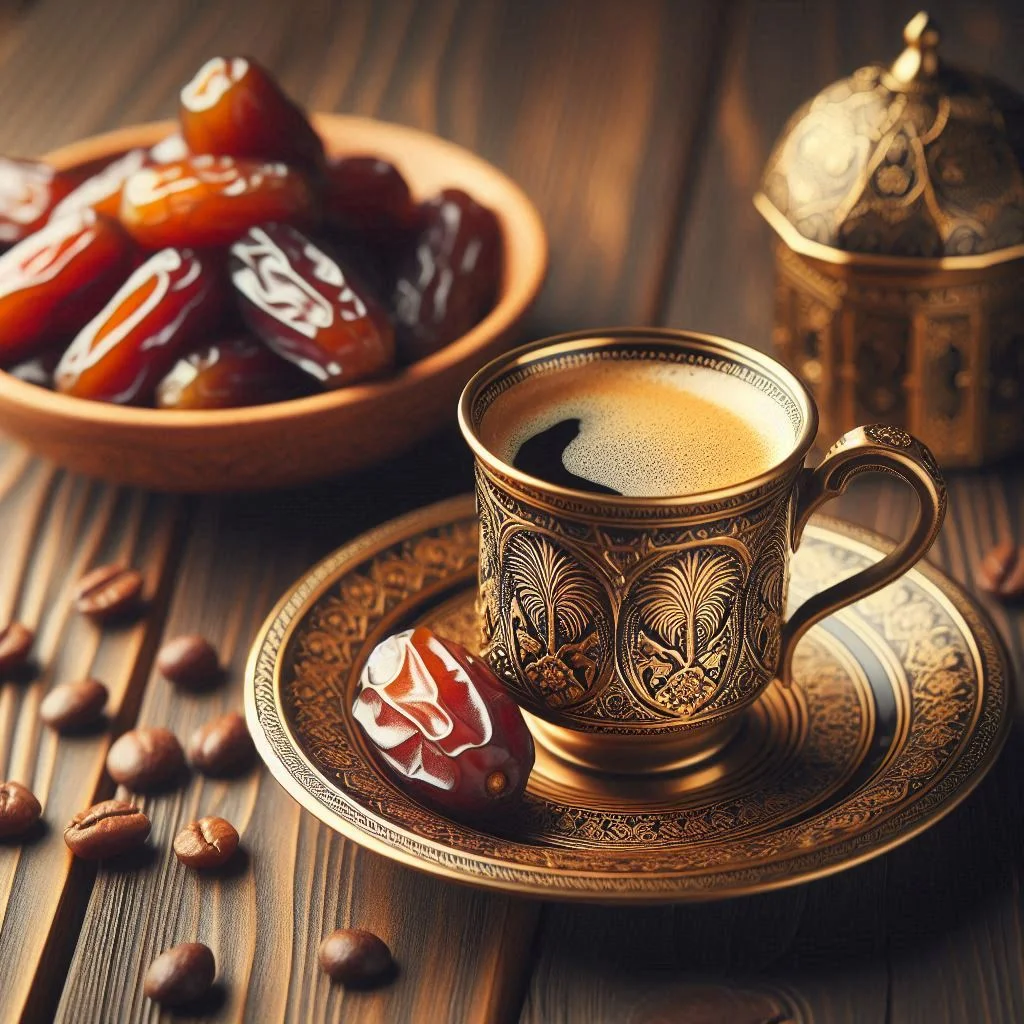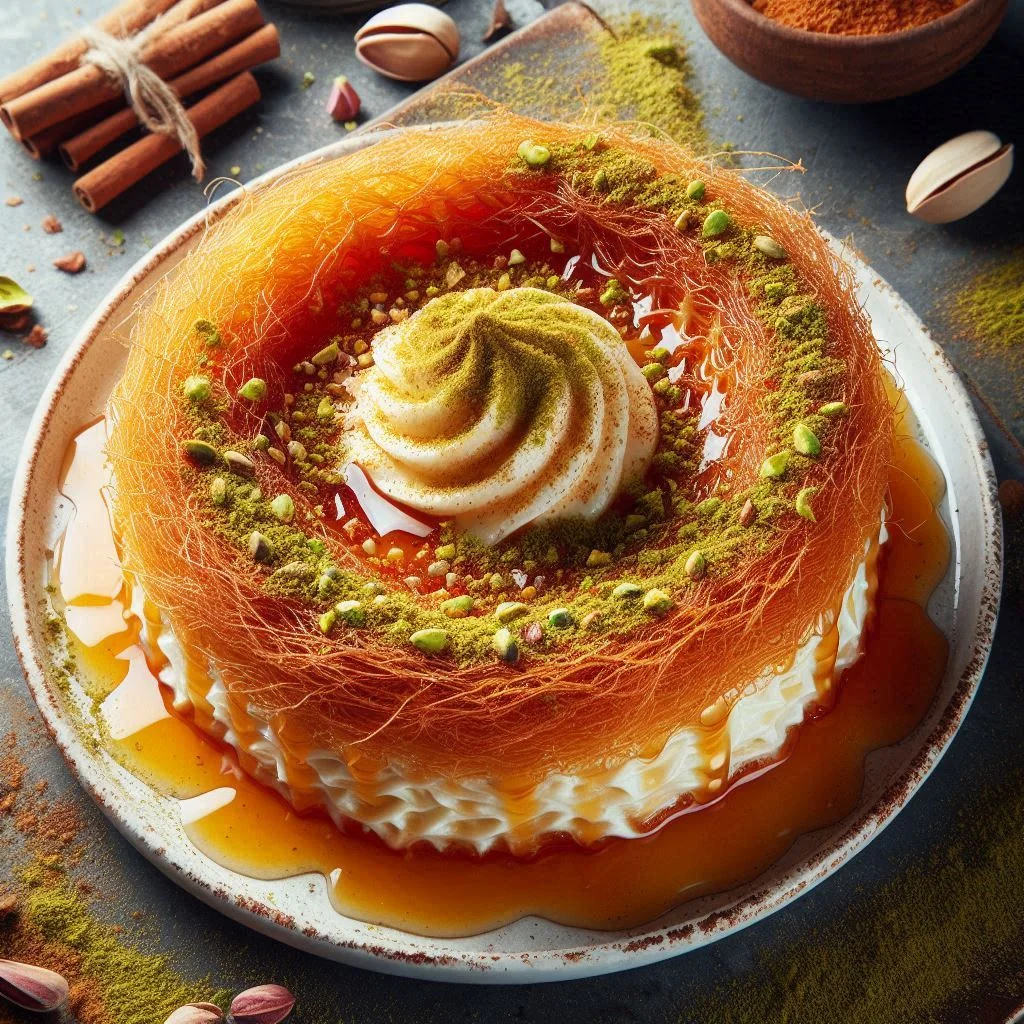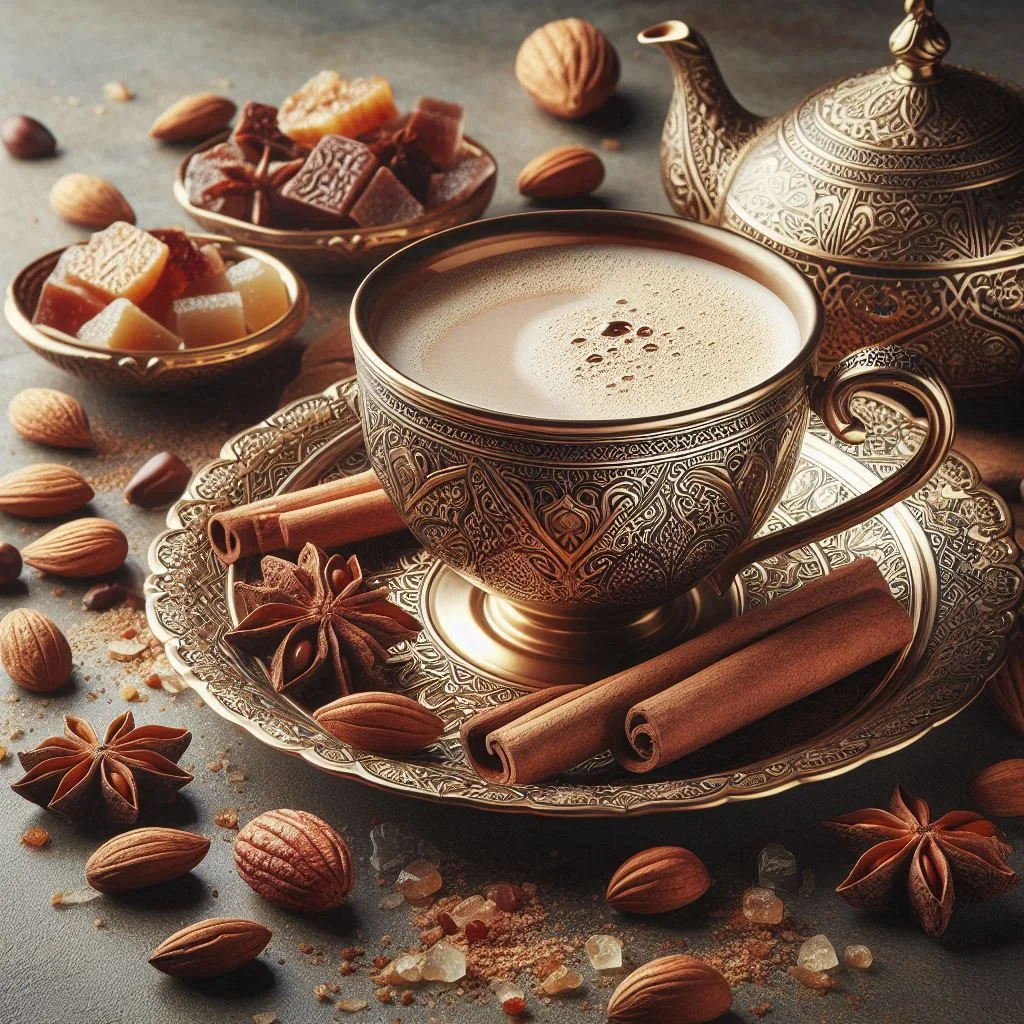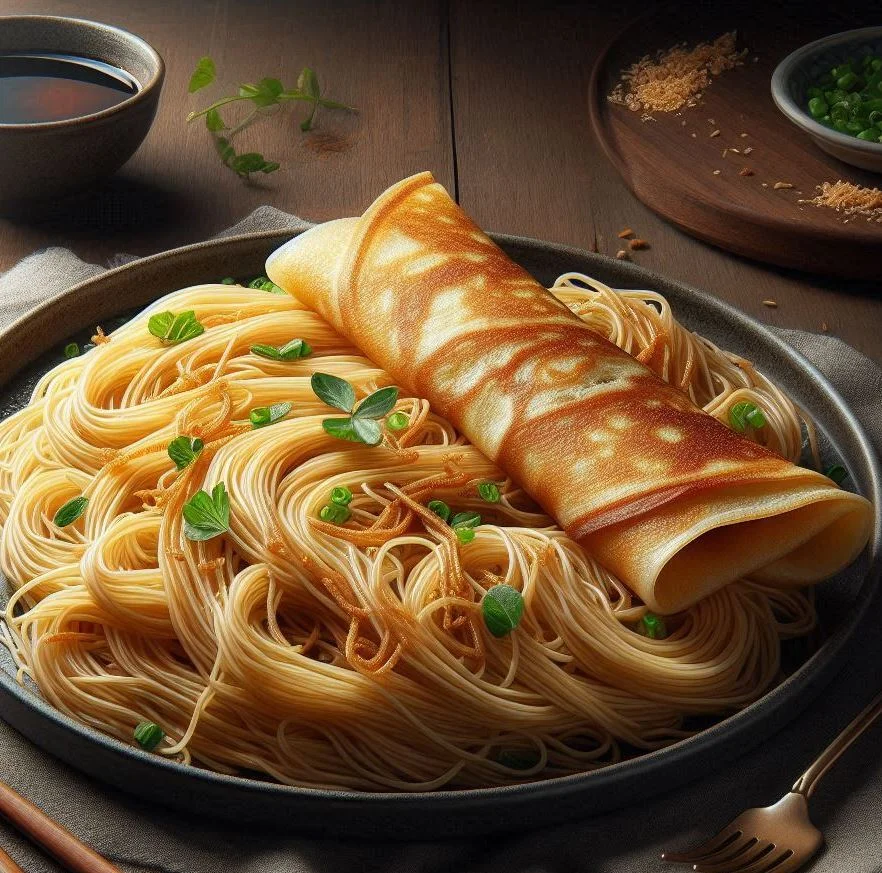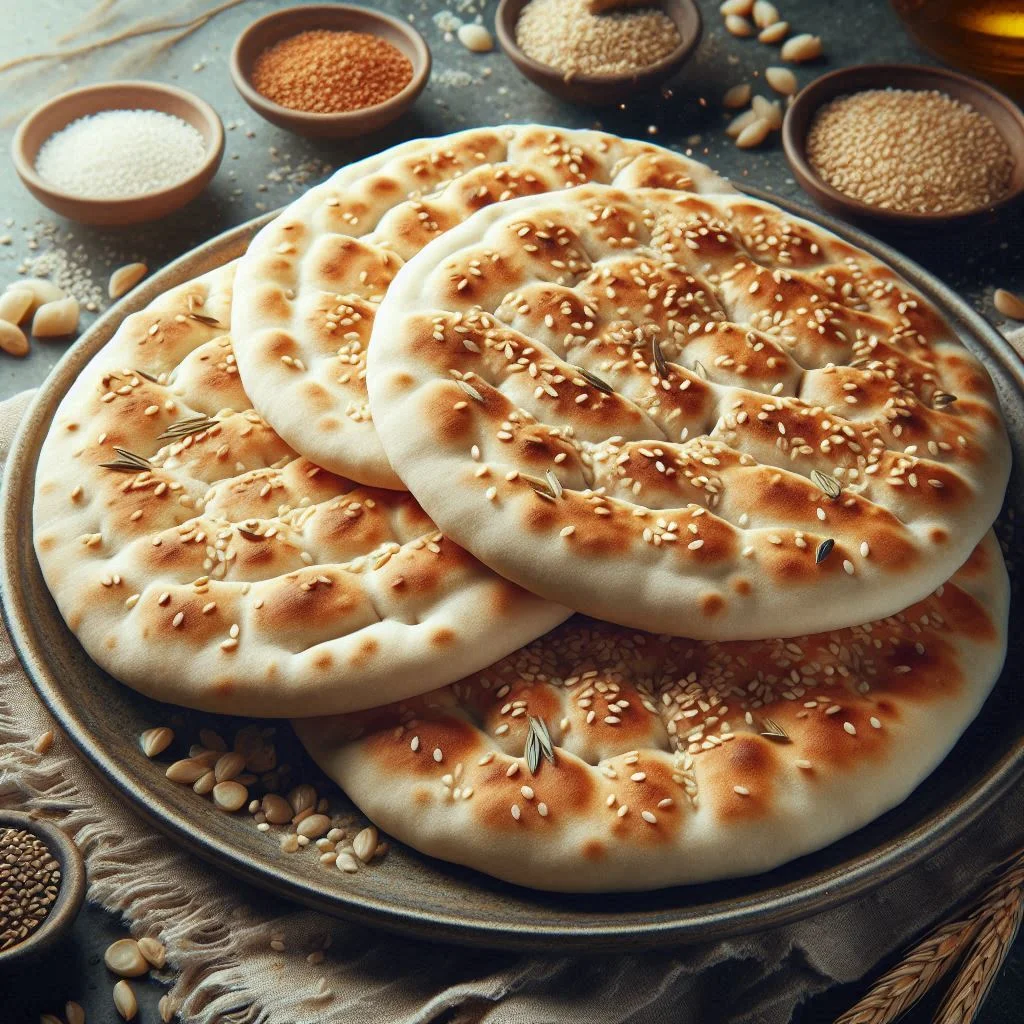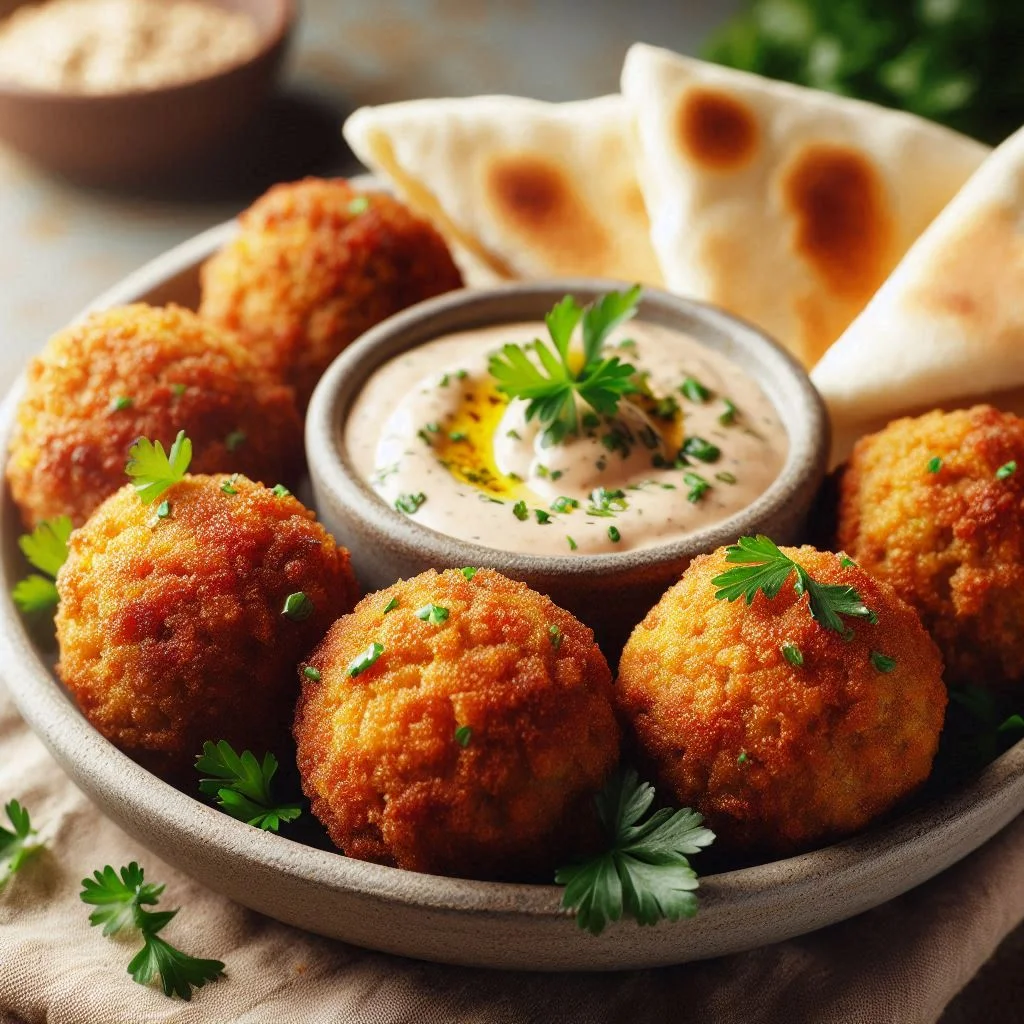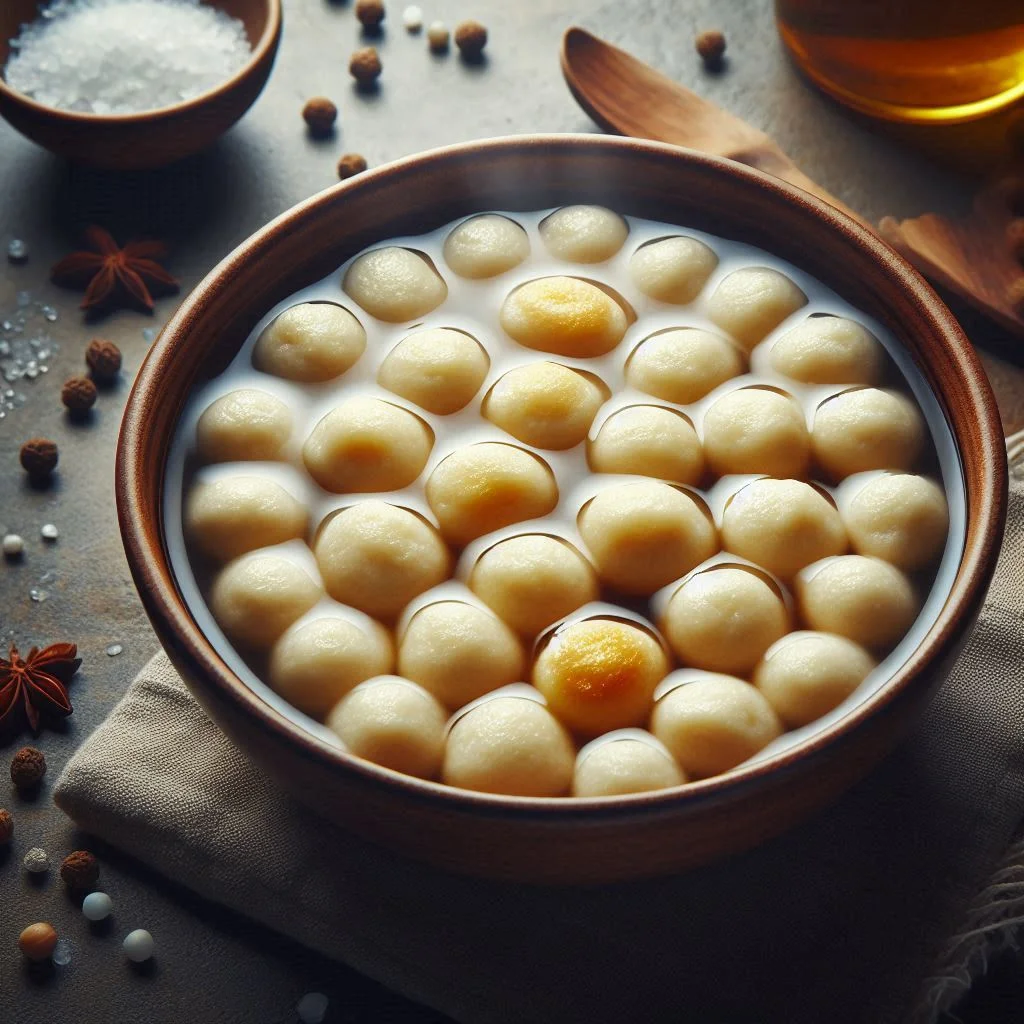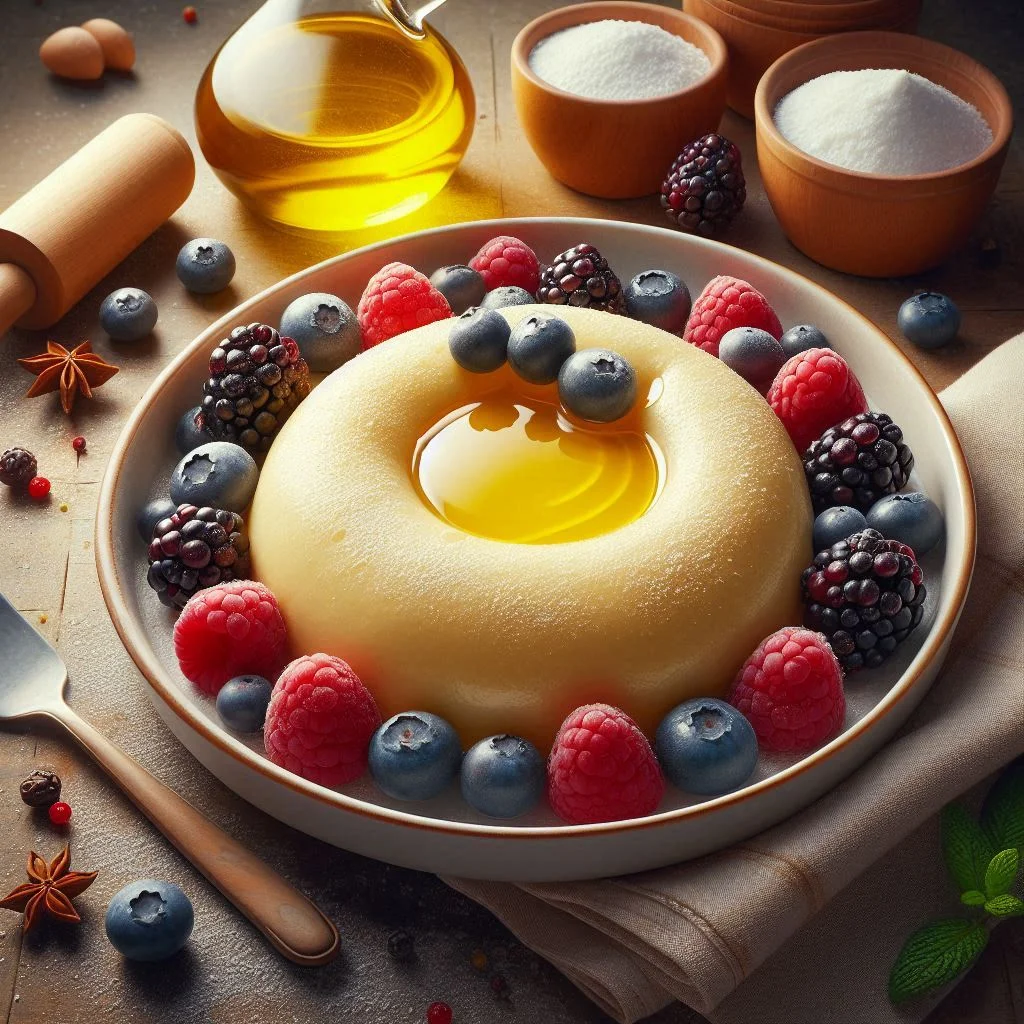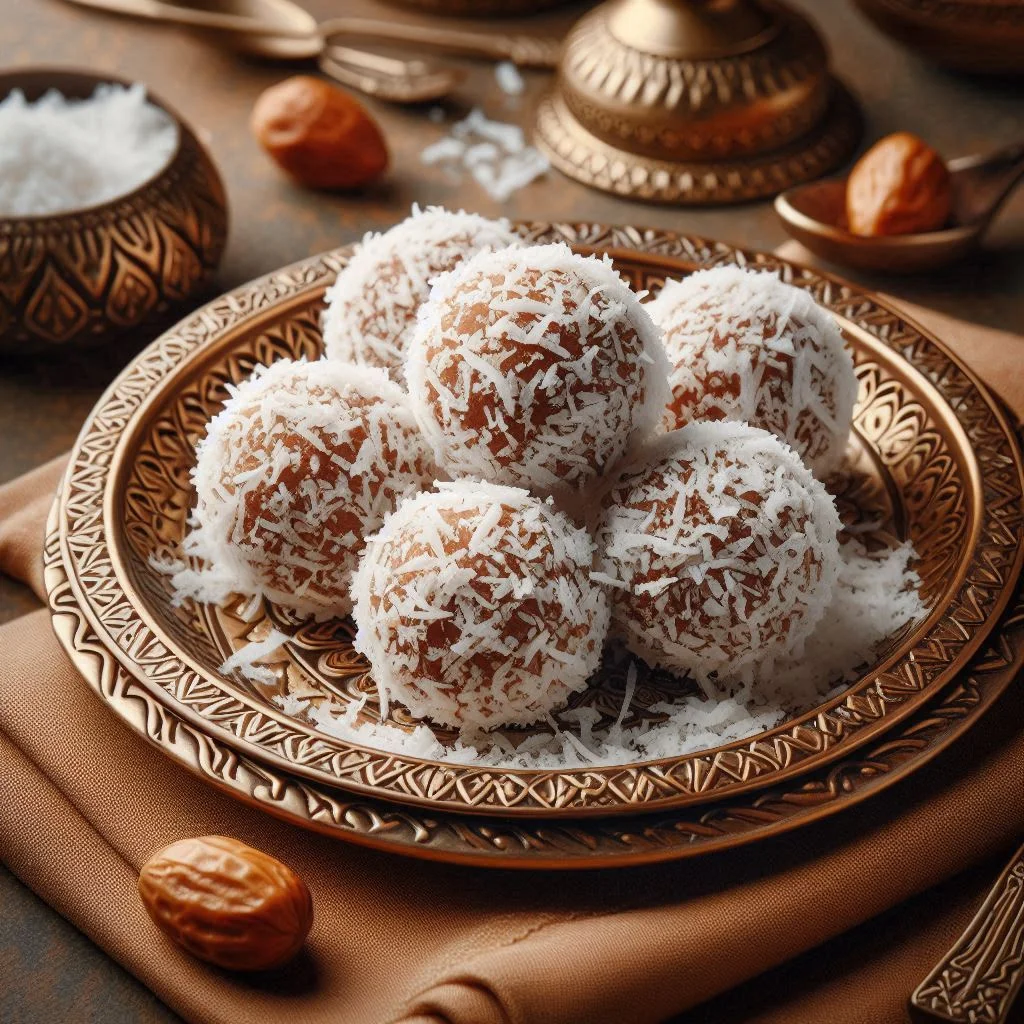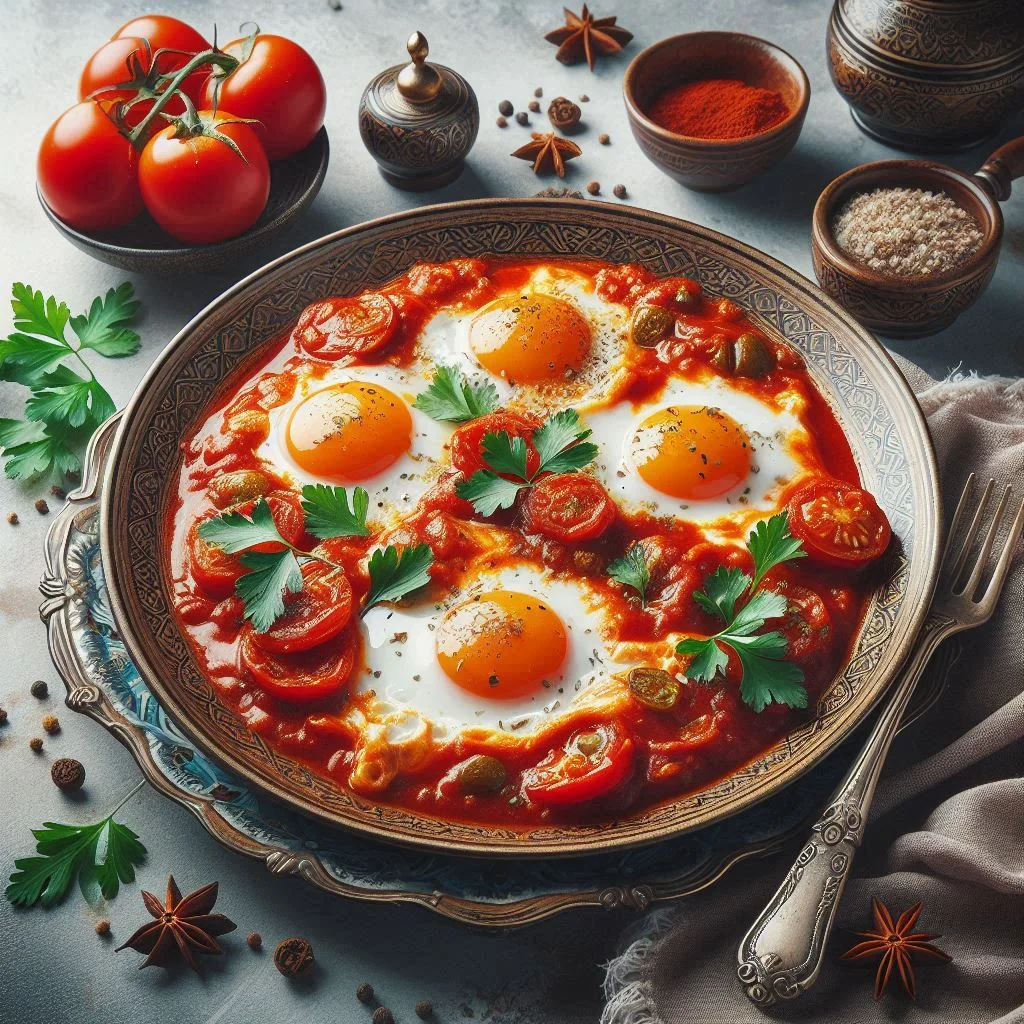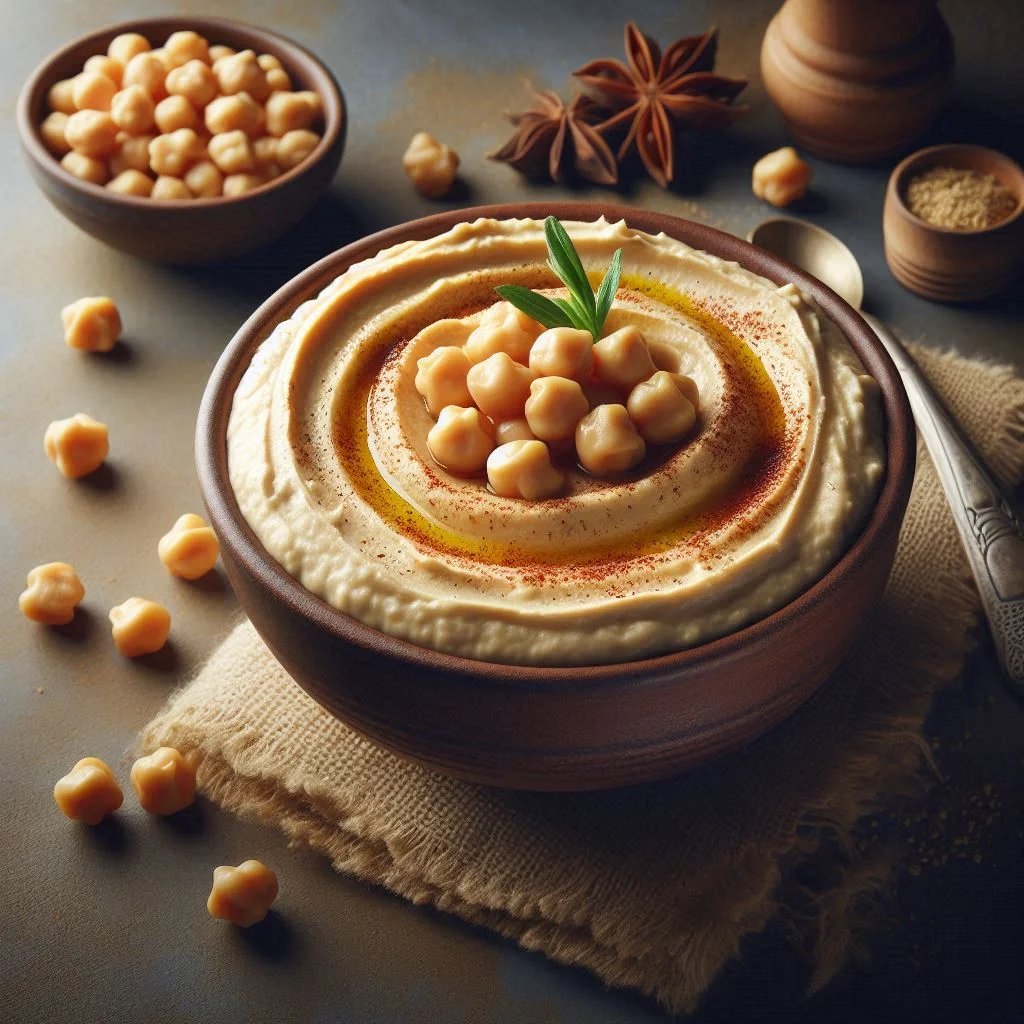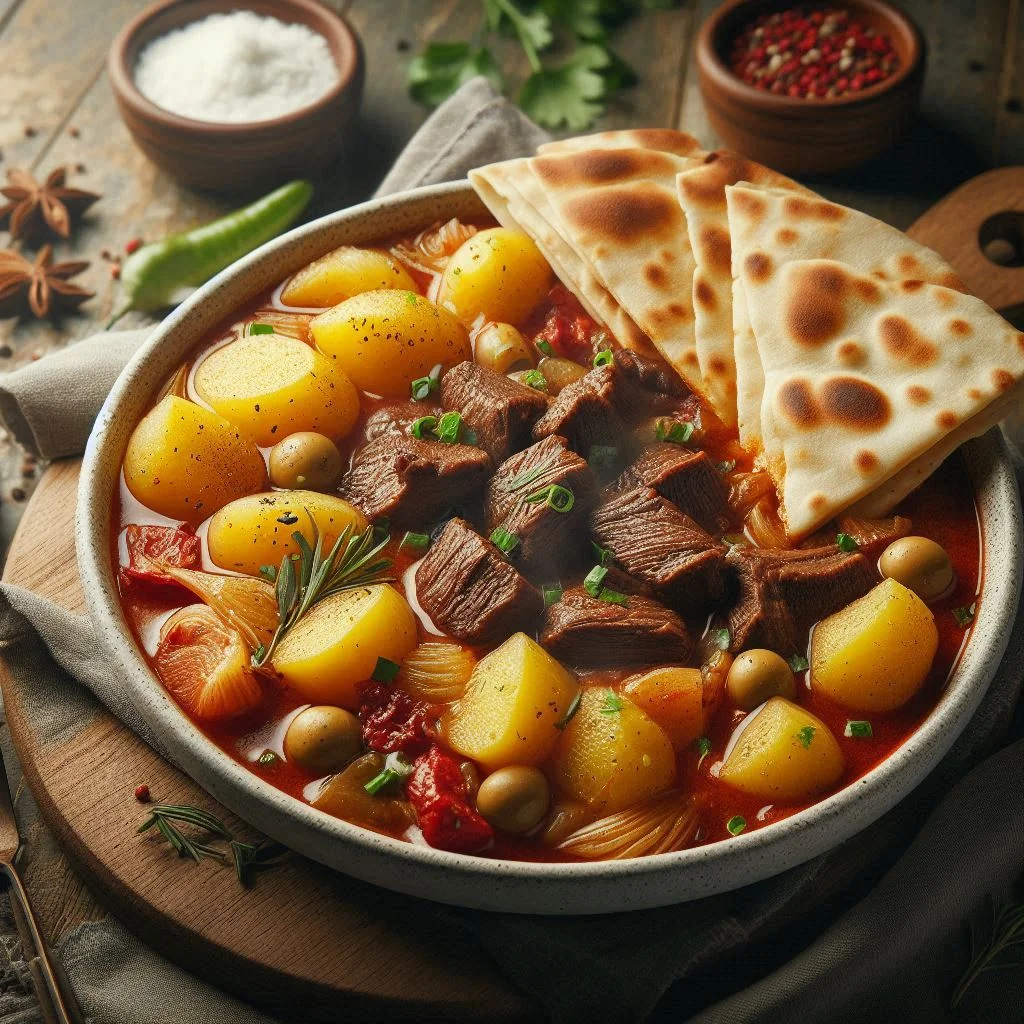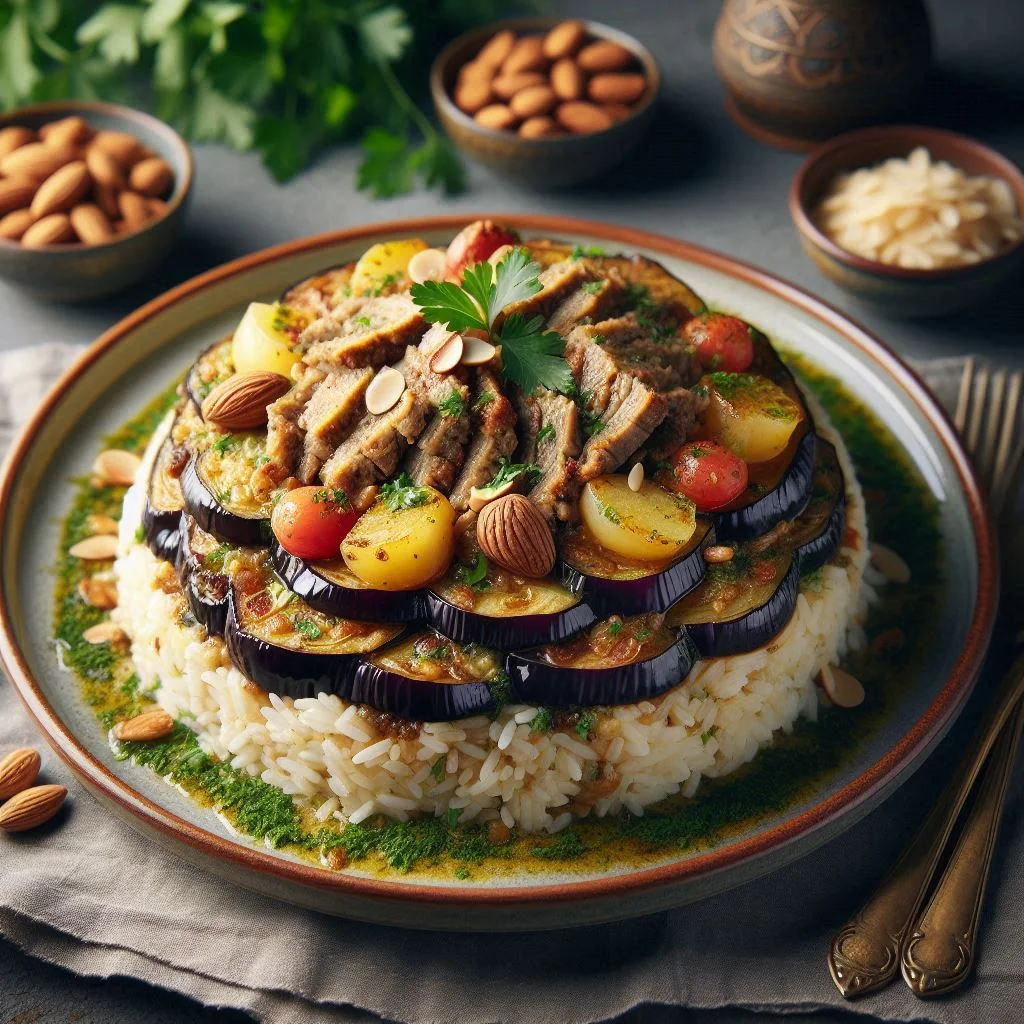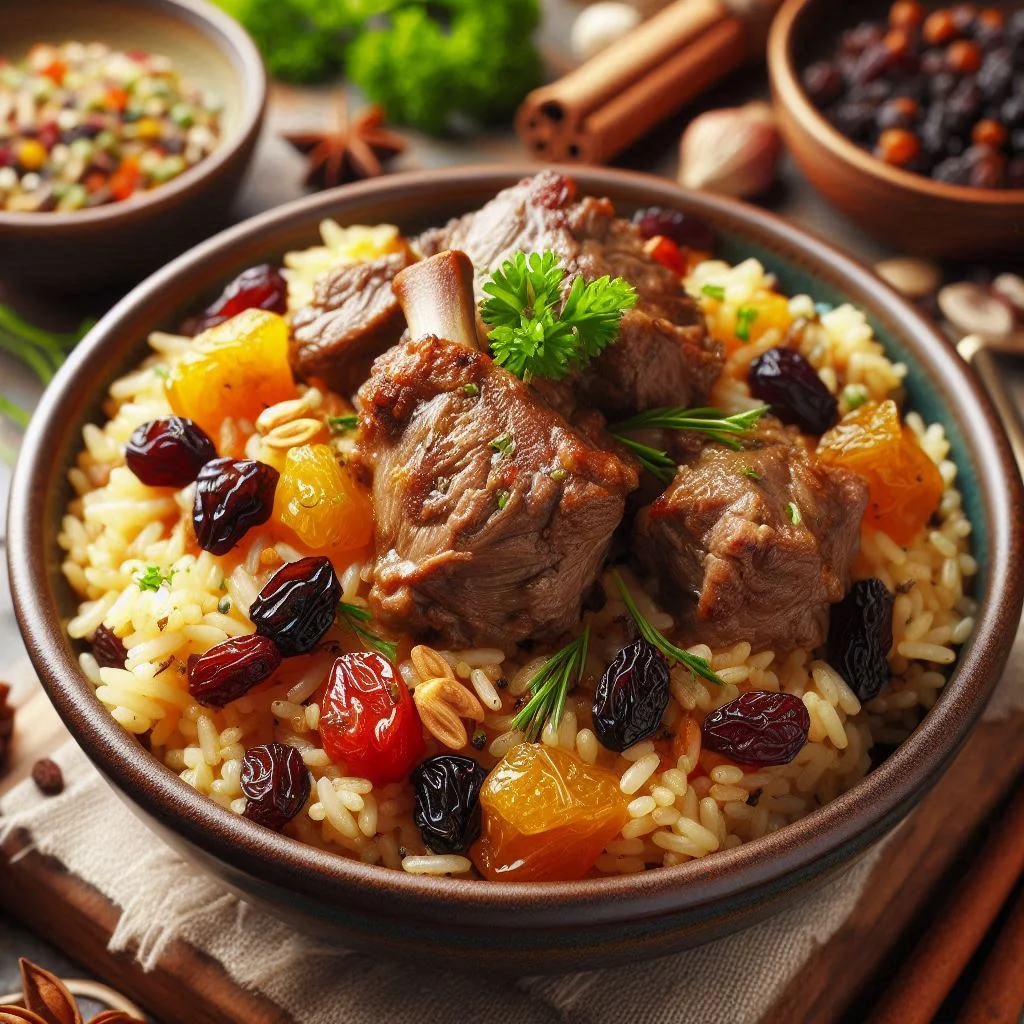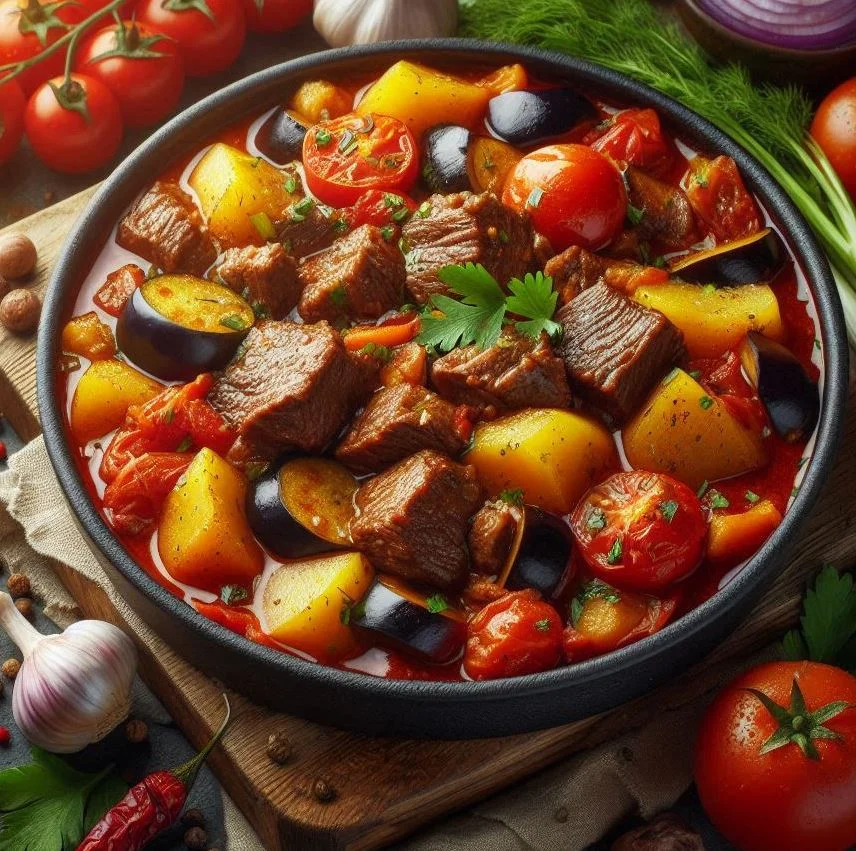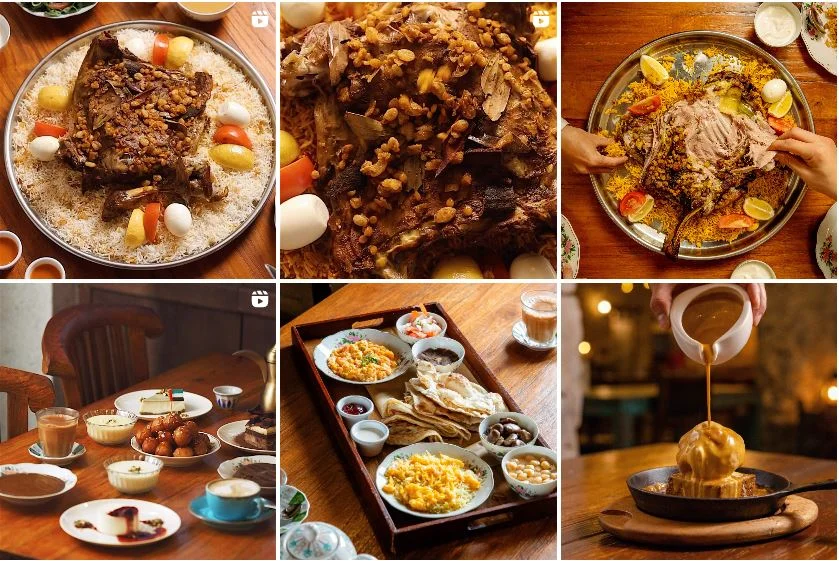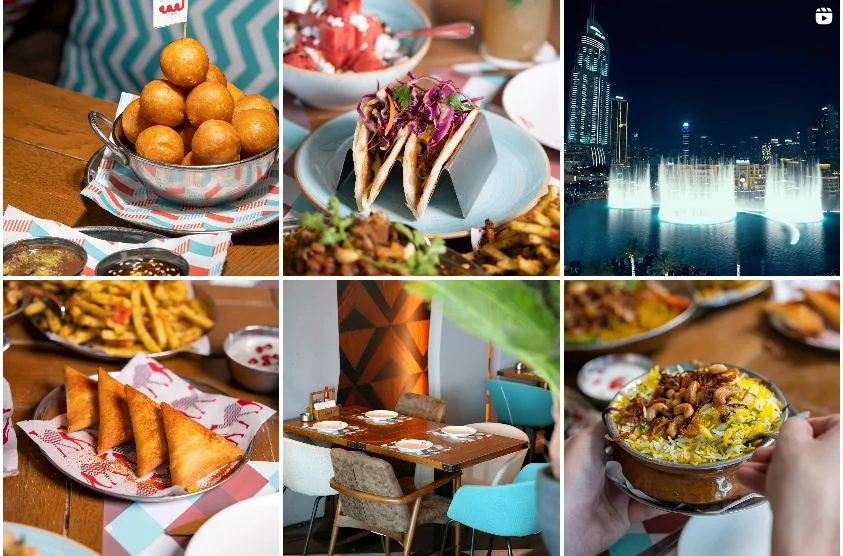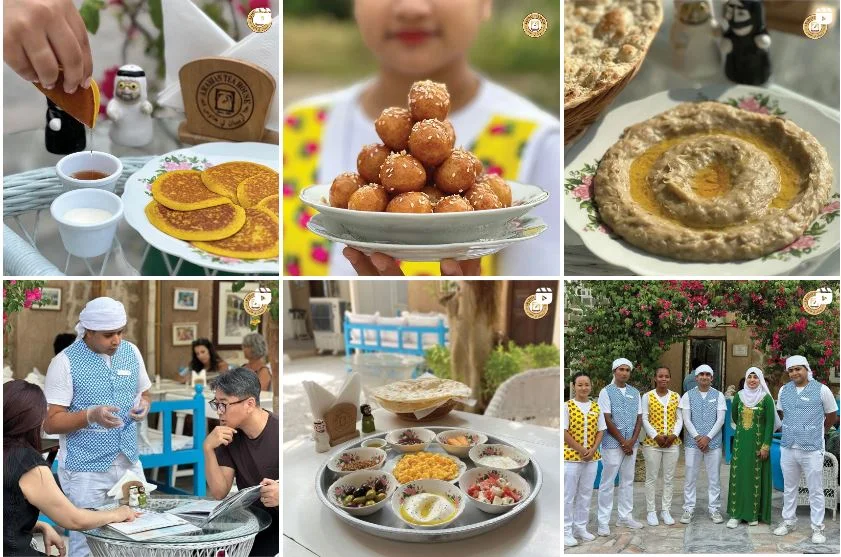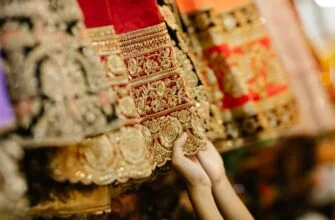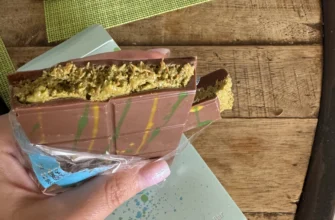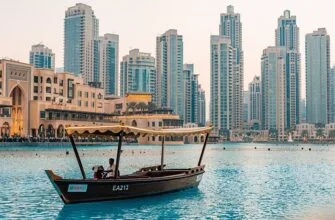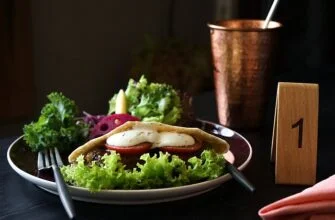Dive into the captivating flavors of local cuisine with our Traditional Emirati Food guide!
- Features of Emirati Food
- Traditional Emirati Food
- Shawarma
- Shish Tawook
- Kabab
- Samak Mashwi
- Manakish
- Samboosa
- Machboos
- Thereed
- Camel Meat
- Kofta
- Fattoush
- Tabbouleh
- Chebab
- Arabic Coffee and Dates
- Knafeh
- Luqaimat
- Karak
- Madrooba
- Margooga
- Balaleet
- Harees
- Khameer
- Falafel
- Dango (Boiled Cheakpeas)
- Aseeda
- Al Batheetha
- Shakshuka
- Hummus
- Tharid
- Maqluba
- Ghuzi
- Saloona
- Best Places to Try Emirati Food
- Al Fanar
- Logma
- Aseelah Middle Eastern & Emirati Restaurant
- Arabian Tea House Restaurant & Cafe
- Siraj
- Local House
- Personal Recommendation
- Dining Etiquette
Features of Emirati Food
Emirati cuisine is heavily influenced by other Middle Eastern culinary traditions, featuring dishes generously spiced and often paired with delicate flatbreads and flavorful chickpea dishes. The cooking methods, inspired by the Bedouins, often involve one-pot preparations due to water scarcity in the desert.
A diverse array of spices, including lumi, cloves, turmeric, coriander, hot pepper, cumin, cardamom, and cinnamon, enriches every meat-based dish in Emirati cuisine.
The UAE offers a wide variety of meat dishes, with veal, lamb, and goat prepared in delicious ways. No pork, of course! On special occasions, camel meat takes the spotlight. These meats are typically accompanied by wheat, corn, rice, and vegetables, forming the base for Emirati specialties like tabbouleh, fattoush, and mutabbal.
Seafood dishes are also prominent, reflecting the country’s coastal location, with fish often grilled over coals.
Dates are integral to Emirati cuisine, serving as both an appetizer before meals and a palate cleanser afterward. They are incorporated into numerous dishes to add a subtle sweetness and feature prominently in desserts, offering a wide variety of indulgent treats, from puddings and unique cheesecakes to soft cheese pies and a diverse range of date-based confections, including pastes and cookies.
Emirati cuisine also features its own types of bread, such as khameer, sweet yeast buns often flavored with date syrup, and the savory pancakes known as chebab. Additionally, raqaq, a thin bread resembling a cross between pita and chips, adds to the diverse array of baked goods and breads.
Traditional Emirati Food
Shawarma
Street vendors, cafes, and Middle Eastern restaurants all frequently serve shawarma, a favored fast-food option. Either chicken, turkey, beef, veal, or a combination of meats roasted on a vertical grill can be put into this flavorful meat dish, which is usually wrapped in pita or flatbread. A tasty and balanced result is guaranteed by rotating the skewered meat inside the heating element.
The cooked meat is diced and served on a platter, in a sandwich or wrap, or combined with other ingredients like sauces and veggies. Shawarma frequently includes pickles, lettuce, tahini, hummus, tomatoes, cabbage, and cucumbers as toppings. Depending on the size of the amount, shawarma can be eaten as an appetizer or as a main meal.
Shish Tawook
Hey vegans, this isn’t your moment, so here’s another mouthwatering meat dish to whet your appetite: skewered, marinated chicken kebab.
It takes time to prepare this delicious main course since the chicken cubes must marinate for a whole night to attain the ideal level of softness and taste. They are immersed in a range of marinades and seasonings, including lemon juice, yogurt, and tomato sauce.
You can eat shish tawook as a sandwich, on a plate, or with rice or french fries on the side and sometimes alongside some vegetables. Usually, skewered veggies, rice, yogurt, and cucumber salad are served alongside it. The Lebanese and Syrian versions are frequently served with tabbouleh, hummus, and toum, a garlic paste sauce.
Kabab
Any kind of meat cooked on a grill or over charcoal is referred to as “kabab”.
Note! Islamic dietary regulations prohibit the offering of pork kebab in the United Arab Emirates.
Numerous variations exist for this meal, each with distinct flavors and preparation techniques. For example, skewers of marinated lamb or beef are cooked over an open flame in a dish called shish kebab, and oval sausages made with minced meat and finely chopped onions are sometimes consumed.
A variety of spices and cooking methods contribute to the unique flavor and scent that each type of kebab has to offer. Serve the kebab with fresh veggies, pickled onions in vinegar, and a side of sauce to fully experience the flavors – a combination that will make you lick your fingers!
Samak Mashwi
One of the most famous seafood meals in the UAE is Samak Mashwi, or “baked fish”, which is a result of the country’s unique geographic position.
Fresh, scaled fish, such as entire striped bass, sea bass, or red snapper, can be used to make Samak Mashwi. This dish is best made with medium-sized or large fish.
Sesame oil, saffron, and rose water are traditionally used to cover the fish both inside and out after it has been gutted, thoroughly cleaned, and patted dry. Ground sumac, ground dry thyme, finely chopped garlic, coriander, cumin, cinnamon, fresh sesame oil, and salt are combined to make a paste for a more modern twist.
You may fill the fish with the paste and different vegetables, skewer it, and tie it off with cotton thread. After that, the fish is put in the oven on low heat with a lid on it. This technique guarantees a meal that is fragrant and tasty and embodies the spirit of the area.
Manakish
Pizza-like manakish is a typical Arabic flatbread. It is served as an appetizer and is made with unleavened yeast dough.
After baking, the thin flatbread is typically sprinkled with olive oil and za’atar spice. Ground marjoram, thyme, oregano, toasted sesame seeds, sumac, sea salt, and ground cumin make up the za’atar mixture. Additionally, there are versions with pickled cheese or chopped meat.
Manakish is a multipurpose dish that goes well with soft beverages, greens, and olives as part of a dinner spread, or it can be eaten for breakfast with sweet tea or karak tea. When combined with soup, it can also be a pleasant addition to lunch, making it a tasty and substantial meal choice.
Samboosa
Are you in need of a satisfying snack to get you through the day? You’ve found exactly what you’re looking for in these triangle pastries. There’s something for every taste with their assortment of fillings, which include cheese, spinach, minced beef, and a tasty combination of vegetables like potatoes with onions and spices, along with boiled peas.
These pastries are a remarkable appetizer or a delicious side dish that can be enhanced by the crispy, golden-brown exterior that takes center stage.
Machboos
Machboos, which at first glance can seem like an ordinary vegetable and rice pilaf, is actually one of the best options for a filling lunch or dinner. Still, it’s a thoughtfully made dish with plenty of spices, broths, and cooking methods. The dish’s savory broth serves as the basis, letting the rice and meat boil until they have a soft texture.
Machboos is widely recognized for its rich taste, highly flavored with saffron, cardamom, cumin, turmeric, and dried lemon, which adds a vivid hue. It is often made with a range of proteins, including shrimp, lamb, chicken, and fish.
Thereed
This filling main course is a substantial and savory stew made with meat and vegetables called thereed. Because there is no set recipe for this meal, preparation can be done with flexibility and imagination. A variety of vegetables, such as potatoes, tomatoes, zucchini, carrots, or pumpkin, are typically used, along with a blend of lamb or goat meats.
A thin Rigag flatbread, soaked up and complementing the rich juices, is often positioned at the bottom of the serving plate to enhance the taste of the food.
Camel Meat
Due to the great value of camels and the rarity of their slaughter for meat – especially among those who live in desert regions – camel meat is only eaten on very exceptional occasions in the United Arab Emirates. Nonetheless, camel meat has become more and more popular in the UAE despite this custom, especially among travelers.
Camel meat hamburgers, which have become an increasingly popular item on the menus of local cafes, are responsible for this surprising turn in culinary preferences.
Among the establishments that have pioneered the provision of these distinctive camel burgers is the Local House. These burgers are always served with soft, freshly made buns and crispy lettuce leaves. The camel meat is marinated for a long time in a delicious mixture of spices. The restaurant also serves camel meat biryani, which is priced at 42 AED.
You can try a camel burger at the Local House.
Kofta
An assortment of aromatic spices and minced meat, primarily lamb, are combined to make the beloved Arabian main dish kofta. The flavorful ground meat is meticulously fashioned into “sausages” or mouthwatering meatballs, which may be grilled on a barbecue or pan-fried.
The meat was originally fried with an egg yolk and saffron coating in traditional Arabic cooking methods, producing a rich and savory dish. Nowadays, kofta is similar to kebab, especially if it’s grilled to perfection.
Fattoush
This salad, which comes from the Levant, is a delicious blend of crunchy veggies and toasted pita bread. Beyond the bread, the salad is a colorful blend of herbs, tomatoes, and radishes that is distinctly different from classic tabbouleh due to its finely chopped texture. This light salad is a great first course, goes well with main courses, or is a tasty side dish for meat-based entrees. You can find this fresh salad everywhere. It is so popular, that it is even served in McDonalds :).
Tabbouleh
With the addition of finely chopped parsley and mint, this delicious salad may be made with either bulgur or couscous. It’s a colorful and nourishing choice that will especially appeal to vegans.
To add more layers of flavor and texture, the salad may also contain finely diced tomatoes, green onions, cilantro, and a variety of other herbs and spices. Instead of cooking the grain, its distinct texture is obtained by soaking it in water, occasionally accompanied by a squeeze of lemon.
This is a versatile salad that pairs well with baked and barbecued meats.
Explore top 10 vegan restaurants in Dubai.
Chebab
Next on our list of Emirati delicacies is the regional version of pancakes, prepared with saffron, cardamom, and yeast added. Chebabs aren’t sweetened. To make a dessert dish, they are served with syrup or honey. Chebab with cheese on top is another well-liked choice, which can be consumed as a snack or a post-lunch treat.
Arabic Coffee and Dates
Cardamom, cloves, and saffron provide flavor to the aromatic, thick, light brown coffee that is served in dallah coffee pots. Finjan, tiny handleless cups, are traditionally used to sip coffee.
Take note of this coffee if you’re at any spice shop or the souk. The gently toasted coffee beans have a greenish-milky color. These beans are ground along with the peel to create a distinctive brew.
Arabic coffee can be served on its own, but it’s usually served with dates because it’s generally sugar-free. However, we suggest that you continue to enjoy the essential component of hospitality, the “bread of the desert”, and sip Arabic coffee with the tastiest dates – both of which are healthy and nourishing!
Also, you can try gold capuccino in Burj Al Arab or cheescake with gold (called “Armani Cheesecake”) in Armani Lounge.
Knafeh
Prepare to be enthralled with this unusual dessert that will beyond your expectations. You’ll be astounded to see how the cheese expands as you cut into it, just like it does with pizza. This Oriental dish features a delicious blend of textures and aromas thanks to the use of goat cheese and a unique dough known as kadaif (Kadaif vermicelli).
Note! The rich flavors and creamy, gooey texture of knafeh are best savored while it’s still hot.
It’s crucial to remember that this rich dessert might not be ideal for individuals limiting their calorie intake because it’s made with a lot of butter and a sweet syrup made of honey, which should only be consumed in moderation.
Luqaimat
The unleavened dough is formed into small rounds and fried till delightfully crisp, then soaked in a rich caramel or syrup. In Dubai, using sweet date syrup is a popular option that gives this traditional dessert a unique local flavor.
Sesame seeds are frequently added to luqaimat to improve both its appearance and texture. This results in a pleasant flavor contrast and a gratifying crunch.
The outcome is a delicious treat that pairs well with the popular Arab coffee.
Karak
Whether it’s at an upscale Michelin-starred restaurant or a little roadside café, Karak is served everywhere in the United Arab Emirates. This creamy, sweet, and spicy drink has come to represent Arab hospitality.
Three essential components are always included in every recipe: strong black tea, sweetened condensed milk, and aromatic cardamom. Star anise and saffron are occasionally added to the blend, creating a delicious tea with a deep caramel color that’s ideal for drinking at breakfast or following a hearty meal.
It serves as a warming beverage on chilly days and a pleasant drink to quench your thirst on hot days.
Madrooba
Breakfasts are renowned for being hearty in the UAE, and madrooba is a common meal served in the morning. This filling dish includes a portion of rice or lentils, grated tomatoes, crispy onions, and minced chicken thighs cooked with dried limes and several spices. After that, the mixture is cooked until it thickens into a soft paste, which results in a tasty and aromatic dish that is perfect for spreading over some flatbread.
Margooga
A combination of zucchini, carrots, eggplants, tomatoes, potatoes, and meat is cooked in a pot to make margooga, a dish that is regarded as a healthy appetizer. Thin slices of dough are put into the broth to improve the flavor, letting the bread absorb all the wonderful juices.
Balaleet
One meal that combines savory and sweet ingredients is balaleet. It is a morning meal dish that can be served hot or cold. Vermicelli is used in this recipe, along with traditional Arabic spices including cardamom, saffron, and rose water. A thin omelet of eggs is served on top. Additionally, boiled noodles are deep-fried till golden brown.
Although sweets and eggs were a common pairing back to the early Bedouins, vermicelli was introduced to the dish by traders who brought pasta to the MENA Region in the Middle Ages.
Harees
A classic dish called Harees is composed of slow-cooked meat and wheat that turns into something completely different after at least five hours of cooking. After that, the mixture is brought to a boil and mashed with a wooden mallet. It is frequently offered during joyful events like Eid al-Fitr, which marks the conclusion of Ramadan.
Khameer
A common morning dish in the United Arab Emirates is Khameer, a traditional flatbread. It’s golden in hue, cooked in ghee or egg wash, and garnished with sesame seeds.
Khameer often comes with a dash of spice in addition to the typical yeast bread ingredients. While saffron is mainly used for its color, cardamom and turmeric are popular options. Cut this flatbread in half, then stuff it with your favorite filling, such as cheese, date paste, or syrup.
Falafel
Crispy chickpea dough balls, which are frequently eaten as an appetizer or as a sandwich filler, are the centerpiece of this dish. Once mashed into a paste, chickpeas are combined with an assortment of herbs and spices and deep-fried in heated oil until they take on a golden-brown tone. Salads of fresh vegetables, tahini, or hummus are typical accompaniments for falafel.
Dango (Boiled Cheakpeas)
Beyond just making hummus, chickpeas may also be used to make the mouthwatering delicacy Dango. It is made out of boiled peas that have been seasoned with a mixture of spices like cumin, turmeric, salt, and pepper. It is then made better with a drizzle of oil and a squeeze of lemon or lime juice.
This filling lunch option can be consumed vegan-style (you’ll need chickpeas cooked in olive or sunflower oil) or served with bread and stewed or fried meat.
Aseeda
Aseeda comes in two flavors that you can eat as a savory lunch or as a sweet dessert. It is prepared using a special dough that is made of wheat flour, water, milk, ghee, and just a touch of salt. Depending on the particular preparation and serving method, broth may occasionally be added as well.
Al Batheetha
Dates, or date paste, unsalted butter, a mixture of spices (cardamom, cinnamon, rose water), and optional nuts for texture are blended to create these rich, sweet spheres. These are no-bake sweet treats that go great with strong coffee or karak.
Shakshuka
What’s a morning meal without eggs? Due to the distinct flavor and easy preparation, shakshuka has grown to be a Middle Eastern favorite. Shakshuka is made with a delicious combination of stewed tomatoes, sweet peppers, onions, garlic, and spices that are cooked to perfection with chicken eggs. Tasty tomato sauce is the key to an amazing shakshuka. Not only should it be thick and velvety, but for maximum flavor, it should also be infused with delicious Middle Eastern spices.
Note! Any bread works well with the savory sauce and runny yolk, but Khameer bread elevates the combination to a whole new level. It’s a morning dream come true!
Hummus
Made with mashed chickpeas, sesame paste, olive oil, lemon juice, and garlic, hummus is an excellent appetizer from the Middle East. These days, hummus comes in a variety of tastes, including spinach, sun-dried tomato, and ones with olives, pine nuts, and other delectable extras. It works well as a spread on pita bread or other flatbreads, a thinned-out salad dressing, or a dip for fresh vegetables.
Tharid
With delicate lamb and a variety of vegetables, this soup is a favorite among Muslims. Typically, it’s served over regal, a crispy flatbread that captures all of the flavorful juices and broth from the meat and vegetables. Because Prophet Muhammad thought that Tharid was the greatest dish of all, this dish feels truly exceptional. It’s a typical Ramadan main meal.
Maqluba
Made to resemble pilaf, maqluba is a flavorful and substantial lunch option. The dish is served “maqluba” which means “upside down”, because its ingredients are cooked in a pot and then turned over onto a plate. Together with rice, a variety of vegetables such as tomatoes, potatoes, cabbage, and eggplants are added for flavor. The protein in this meal is typically chicken or lamb.
It pairs well with yogurt, tahini sauce, or an Arabic salad that includes chopped tomatoes, cucumbers, parsley, and just a squeeze of lemon juice.
Ghuzi
This recipe consists of fragrant rice, a mixture of veggies, raisins, and hazelnuts, and soft, slow-cooked roasted lamb or mutton. It’s easy to savor because the meat is so tender that it almost melts in your mouth. It’s so filling that it’s frequently regarded as a full dinner on its own.
Saloona
Simple stewed foods are quite popular in the Emirates, as you can see. No exemption is given for this dish with its Bedouin origins. The process is letting everything simmer in big pots to produce a thick soup that is enhanced with a range of strong spices and succulent chicken or lamb. The flavor is enhanced with the addition of potatoes, carrots, eggplants, and tomatoes. To make food thicker and more opulent, rice is commonly added.
Stuffed Camel
We showcase a genuinely remarkable meal in our culinary collection that has become a wedding feast legend. This dish has several variations; in fact, some of the recipes have been included in cookbooks. Some online resources state that the method calls for stuffing a young camel first with lamb and then with chicken, and that the minced meat for the chicken is made from eggs and fish.
But, especially when cooking outside, it’s crucial to think about how practical this recipe is and whether sourcing all the components will be possible. We have some doubts about the existence of this whole stuffed dish because there isn’t any conclusive proof to support it, thus it’s more likely a myth than a reality.
Best Places to Try Emirati Food
Al Fanar
If you’re looking to journey back in time to experience the 1960s, then Al Fanar is the place to be. This unique establishment not only serves authentic Arabic and Emirati cuisine but also immerses you in the architecture, lifestyle of the Bedouins and locals, and the rich food culture of the era. Upon arrival, you might even mistake it for a museum rather than a restaurant!
Their menu features a range of enticing options, including the Emirati Breakfast Tray for 90 AED available until 1 PM, Chebab for 34 AED, Dango for 22 AED, Kofta for 54 AED, Saloona starting from 65 AED, Samak Mashwi from 82 AED, and Luqaimat for 28 AED.
- Price: Moderate
- Tripadvisor: 4.5 (305 reviews)
- Google Maps: 4.5 (4,538 reviews)
- Location: Ground Floor, Dubai Festival City Mall, Near P.F.Chang’s, Canal Walk – Dubai
Logma
The dining establishment presents a captivating concept, blending Emirati and Middle Eastern cuisine with Asian and international flavors. The interior exudes a familiar ambiance, complemented by local accents such as dallah, ornate pillows, and artwork featuring camels and Bedouins. However, the true showstopper is the terrace offering breathtaking views of the Dubai Fountains!
For breakfast, indulge in the delectable shakshuka priced at 42 AED, while the lunch menu beckons with the mouthwatering Machboos Lamb for 76 AED and Tabbouleh for 36 AED. Cap off your meal with the delightful Knafeh dessert, available for 45 AED.
- Price: Moderate
- Tripadvisor: 4.5 (182 reviews)
- Google Maps: 4.2 (3,751 reviews)
- Location: Unit TF – 004 – Financial Center Rd – Downtown Dubai – Dubai
Check out our blog post covering all the best restaurants with Dubai Fountain view.
Aseelah Middle Eastern & Emirati Restaurant
This place is a haven of hospitality, offering a diverse buffet, authentic Emirati fare, and international cuisine crafted from locally sourced ingredients. Guests can also enjoy the terrace and reserve private areas for special occasions. Notably, a striking centerpiece adorns the restaurant: a baobab tree intricately adorned with twine.
Recognized as the Best Middle Eastern Restaurant in 2017 by Time Out, its menu features traditional delights such as Fish Machboos for 70 AED, Lamb Tharid for 95 AED, Chicken Kabab for 60 AED, and Date Pudding for 35 AED.
- Price: Fine-Dining
- Tripadvisor: 5 (241 reviews)
- Google Maps: 4.3 (495 reviews)
- Location: Radisson Blu Hotel, Dubai Deira Creek – Dubai
Arabian Tea House Restaurant & Cafe
A well-loved chain of dining establishments renowned for offering genuine Emirati cuisine, with a presence across 5 prime locations in the UAE. Seek out this delightful spot nestled within the old town, where you’ll be greeted by oriental-style decor and generously portioned dishes. As a delightful bonus, complimentary flatbreads accompany every order.
Consider indulging in the Special Emirati Breakfast Tray priced at 85 AED, or savoring Samboosa, Hummus, or Falafel for 33 AED. The menu also boasts Saloona starting from 60 AED, and the delightful combination of Dates and Tahina for 28 AED.
- Price: Moderate
- Tripadvisor: 4.5 (2,111 reviews)
- Google Maps: 4.7 (9,397 reviews)
- Location: Bastakiya Opposite Musalla Post Office – Al Fahidi St – Bur Dubai – Al Fahidi – Dubai
Siraj
If you’re seeking a Michelin-starred dining experience and a chance to explore camel meat, Siraj is the perfect destination. Their menu boasts standout dishes like the Grilled camel tenderloin, priced at 150 AED, and the luxurious Saffron Lobster for 297 AED. Additionally, guests can enjoy a variety of Oriental delights, including Kebab or Shish Tawook for 75 AED, Margooga for 72 AED, and Fattoush for 36 AED.
- Price: Moderate
- Tripadvisor: 4.5 (435 reviews)
- Google Maps: 4.2 (1,555 reviews)
- Location: Souk Al Bahar – Downtown Dubai – Dubai
Learn more about Dubai souks.
Local House
As mentioned previously in the section dedicated to Camel Meat, it’s worth reiterating that the menu features camel meat burgers starting at 45 AED, and camel biryani priced at 42 AED.
- Price: Moderate
- Tripadvisor: 4 (254 reviews)
- Google Maps: 4.5 (970 reviews)
- Location: Historical Neighbourhood – 51 – Bur Dubai – Al Fahidi – Dubai
Personal Recommendation
Among all the above-mentioned dishes, my favorite one is Fattoush Salad. It has a fresh mint taste with a hint of sourness and it is a perfect companion to meat and bread.
As a main dish, I would recommend trying kebab, shish tawook, or traditional Emirati fish.
Also, try Manakish, a traditional Arabic flatbread.
For dessert, I think you will like Knafeh, which is not very sweet and has a gentle taste. Or try traditional dates with coffee.
Dining Etiquette
Please keep in mind the traditional dining customs and etiquette in Emirati culture:
- Declining food may be considered offensive to the host.
- It is customary to wash your hands before and after a meal.
- Respect the dress code of the establishment and opt for modest attire.
- Use your right hand when handling plates, glasses, and passing items, including when eating with your hands.
- Refrain from pointing with your finger; use your palm instead.
- According to Arabic etiquette, if you hand an empty cup to the host, they are expected to refill it. To decline further coffee, turn the cup upside down or shake it before returning it.
- Alcohol is not allowed in an Arab home.
- During Ramadan, eating or drinking is not allowed during daylight hours. However, pregnant and lactating women, as well as those who are seriously ill, are exempt. Non-Muslims should follow the rules in public but can consume food and beverages in a restaurant with closed doors. It’s important to note that eating, drinking, or even chewing gum in public is not recommended during this time.
- It is customary to use your hands to break bread.
- When dining from a communal Bedouin table, where dishes are often laid out on a large round tray for everyone, only eat from the side closest to you.
And remember to rise with everyone else from the graciously arranged table and recite “Alhamdulillah” (all praise is due to God) as a sign of awareness and respect. Have fun exploring the food world!

